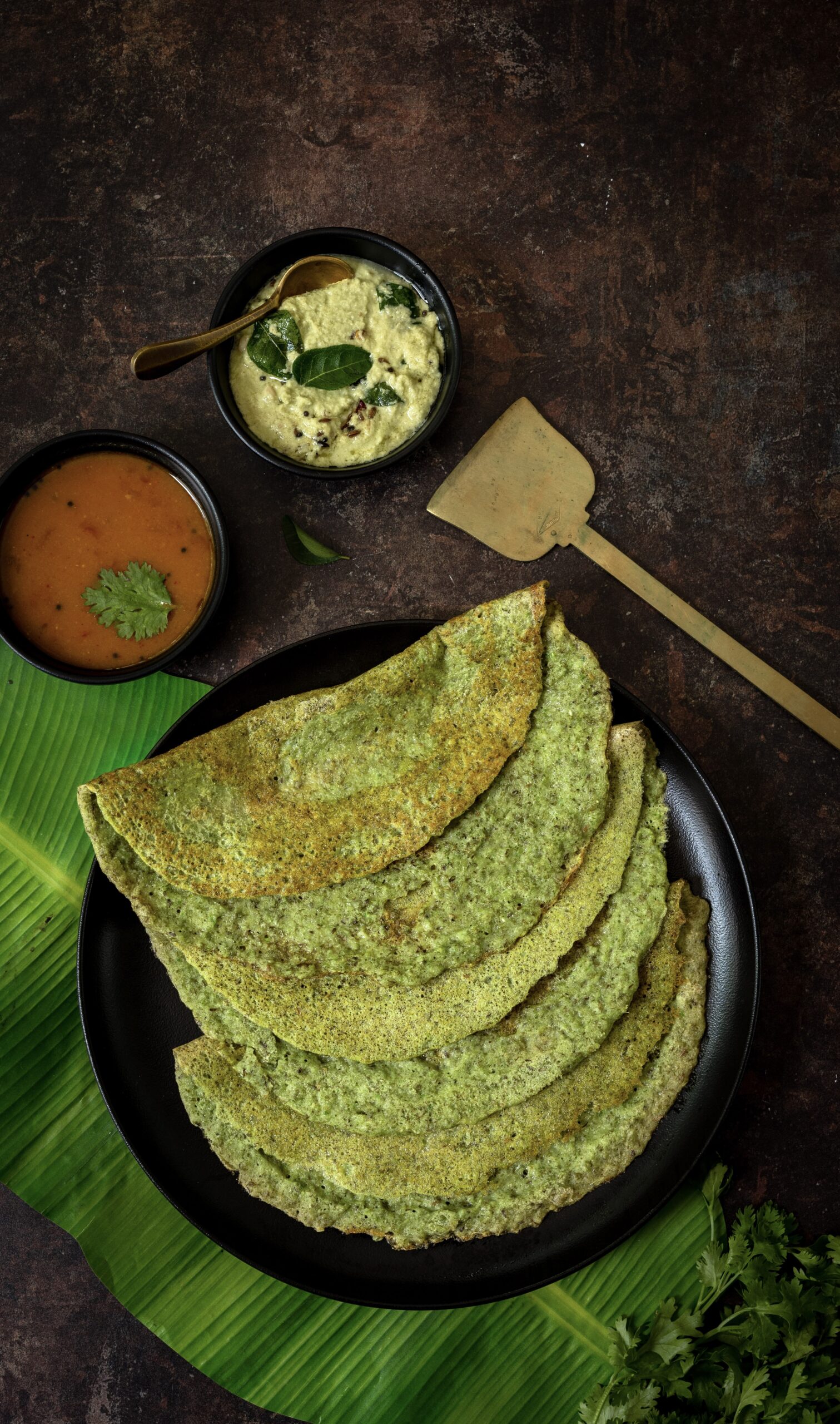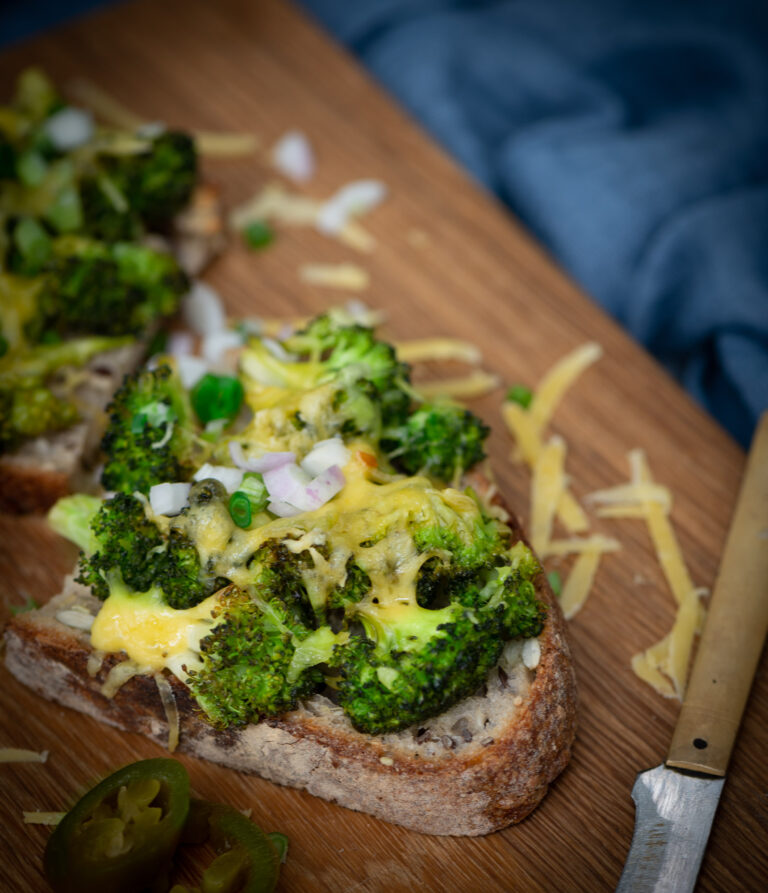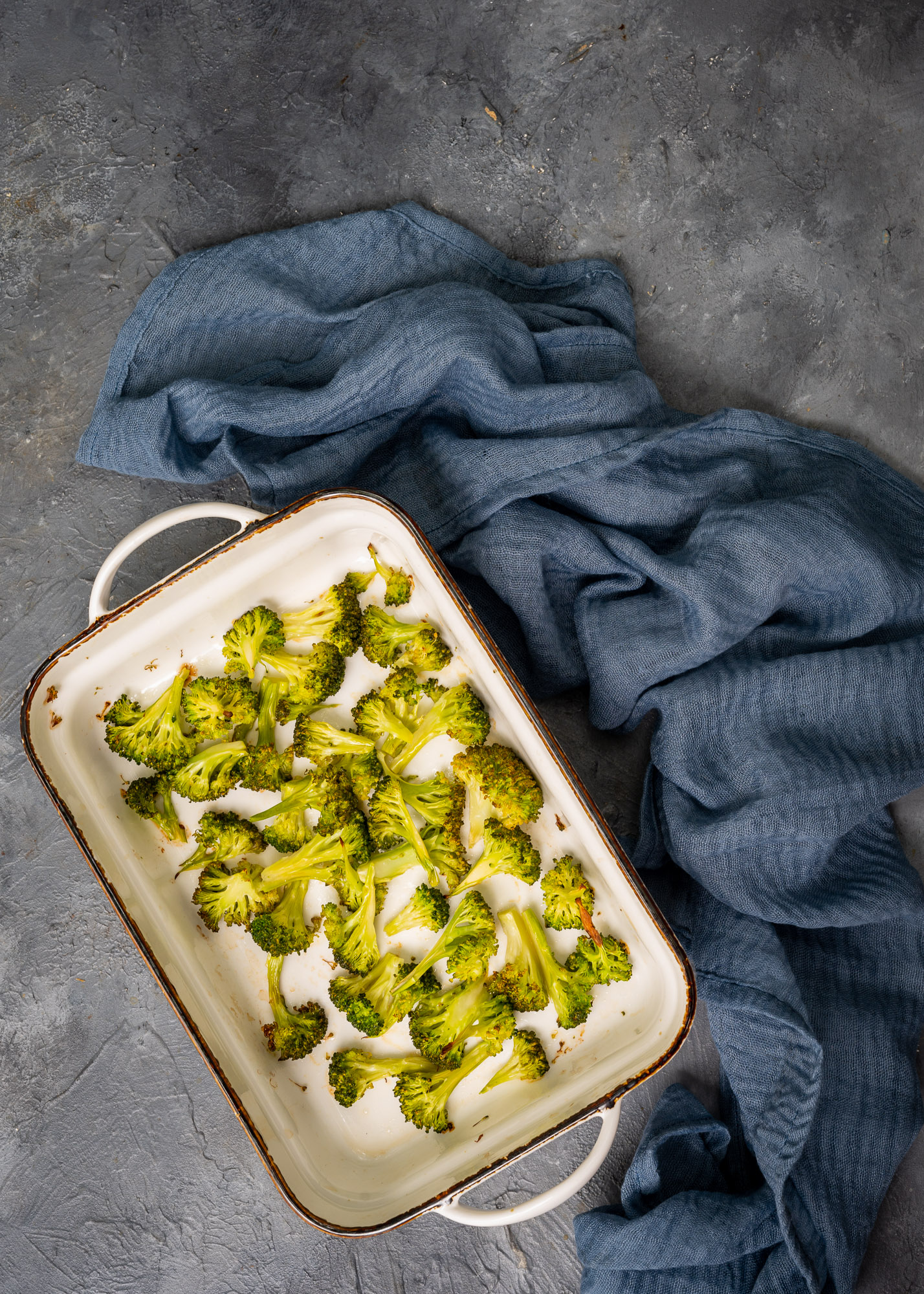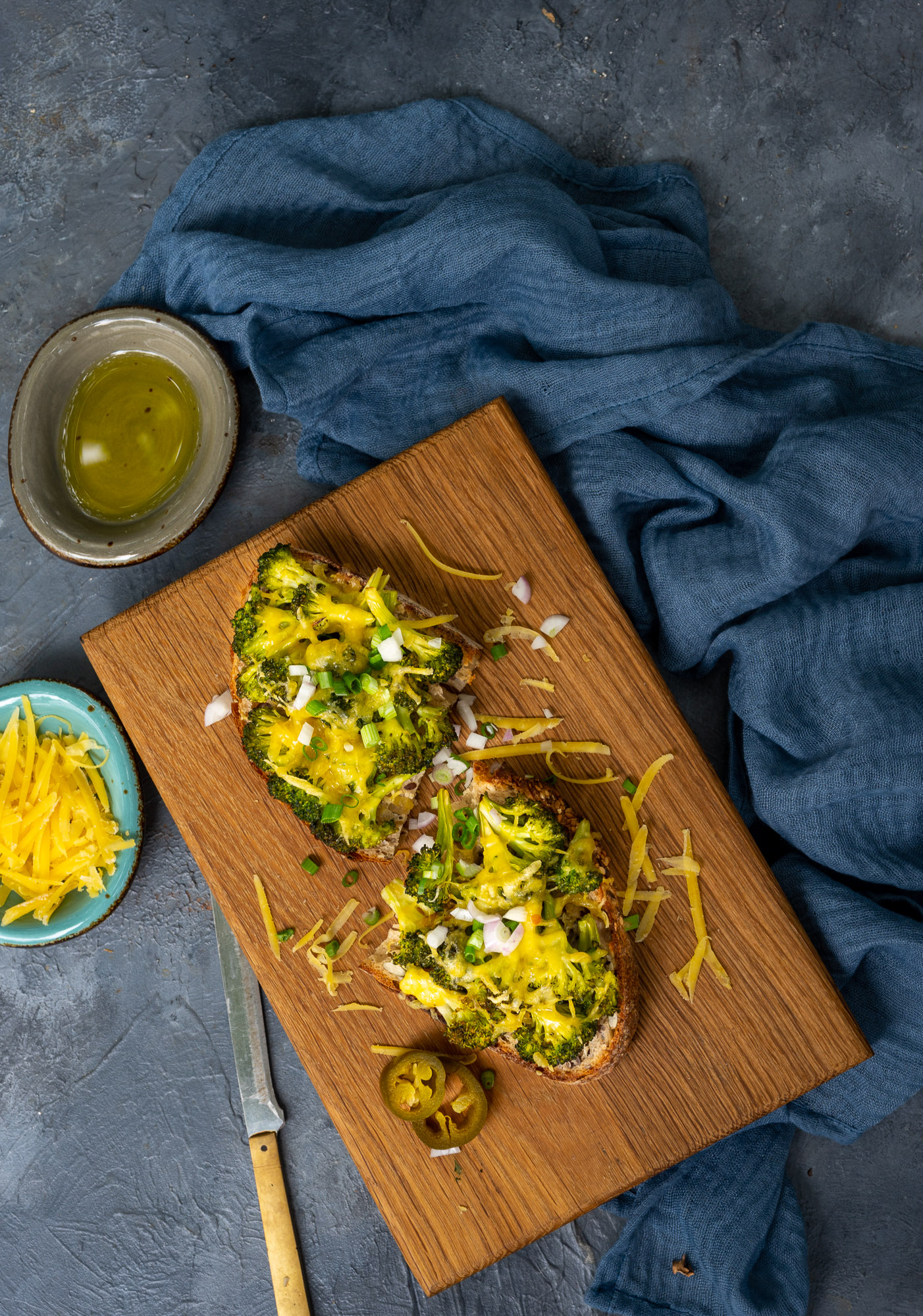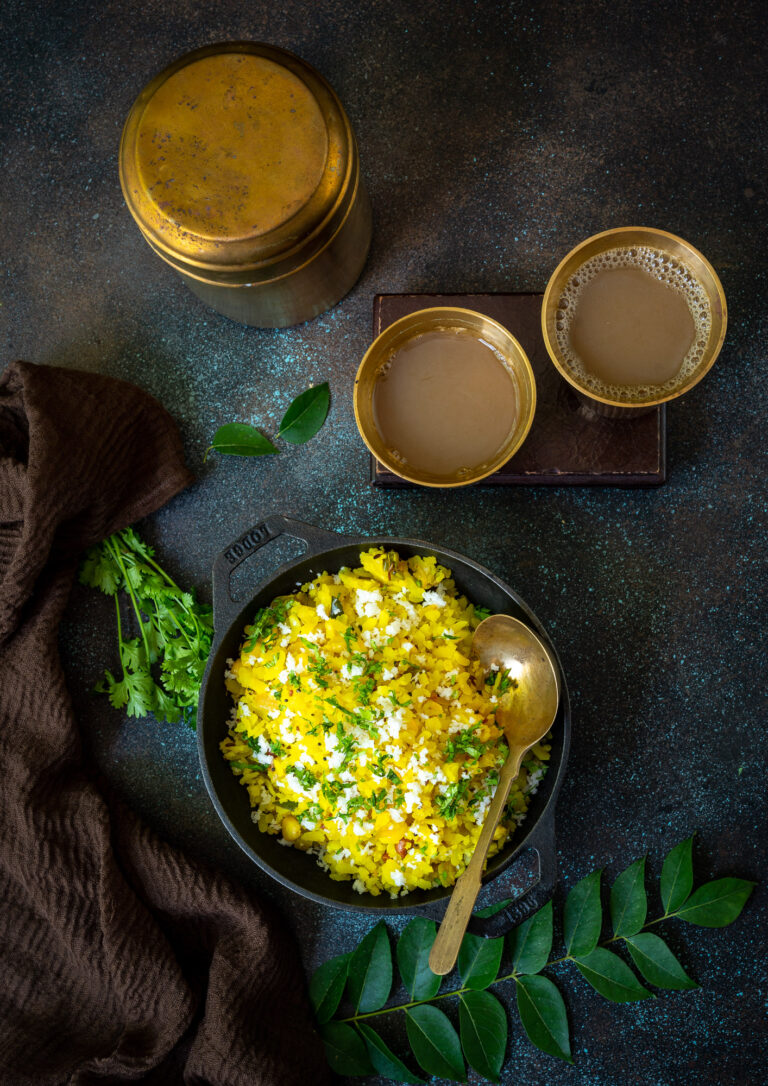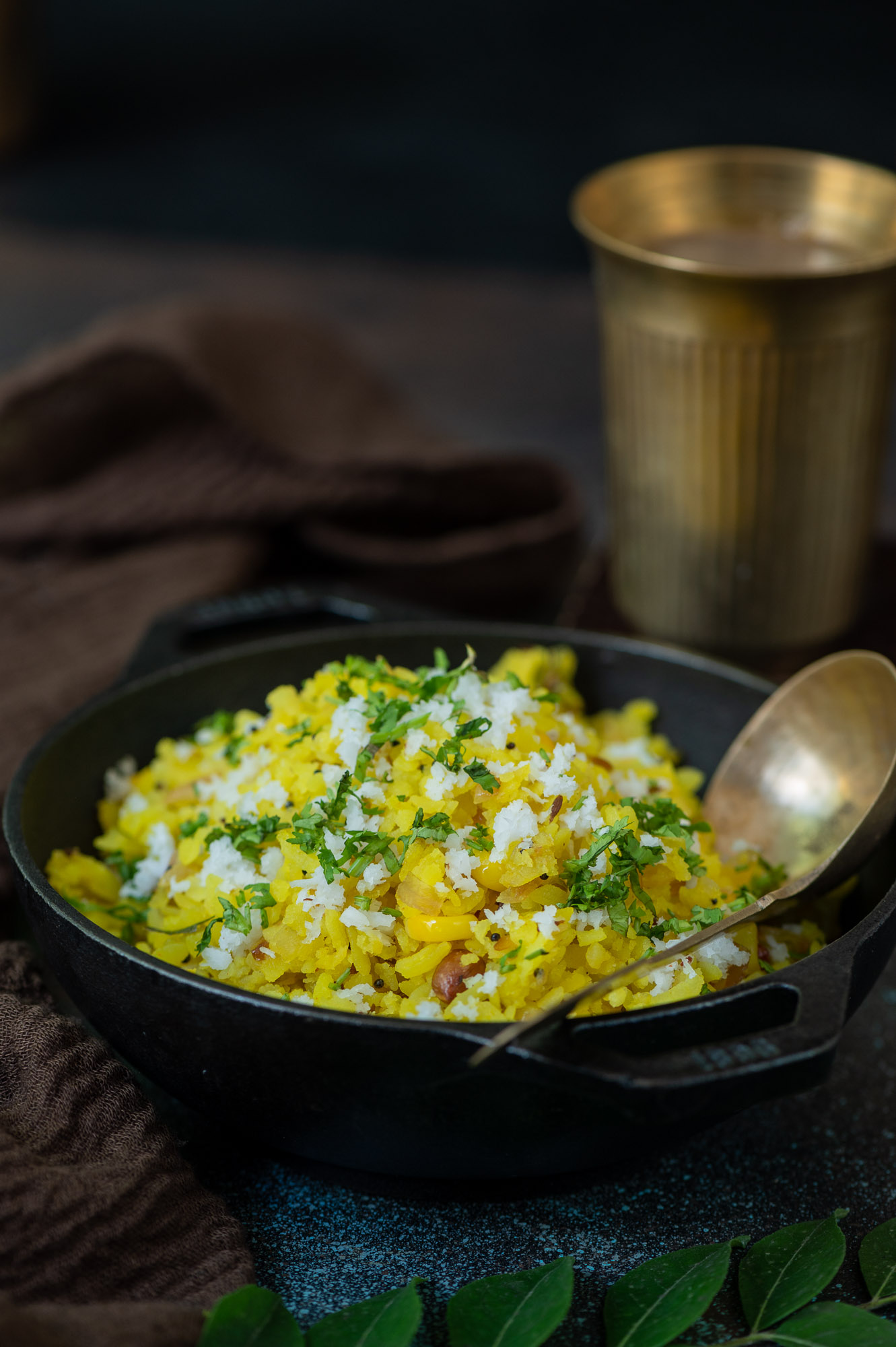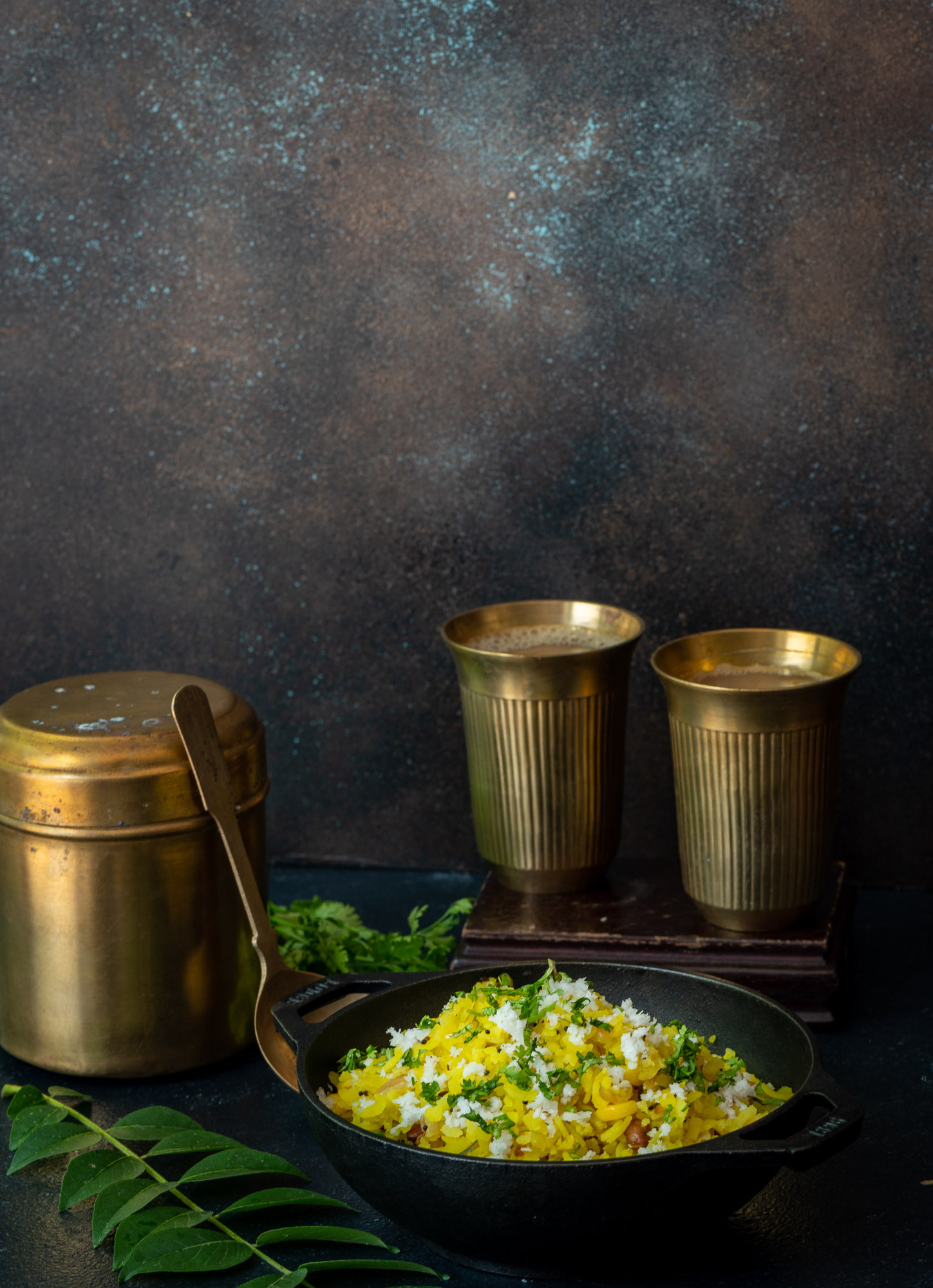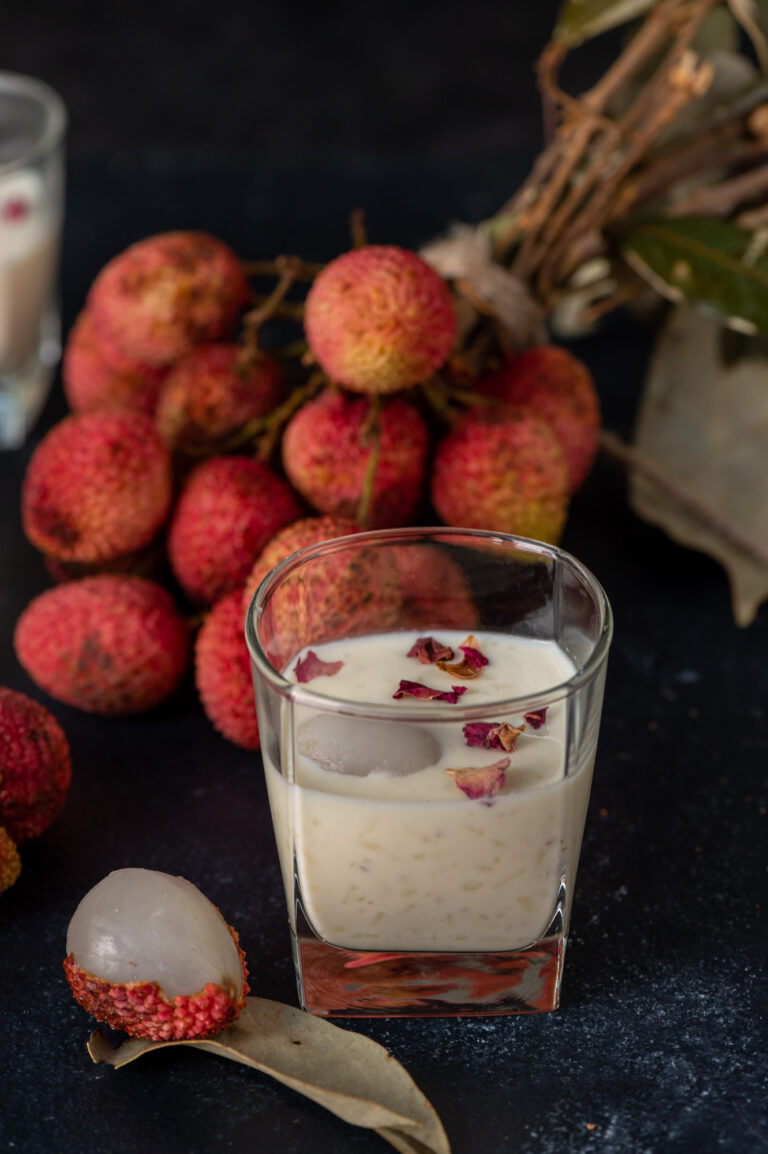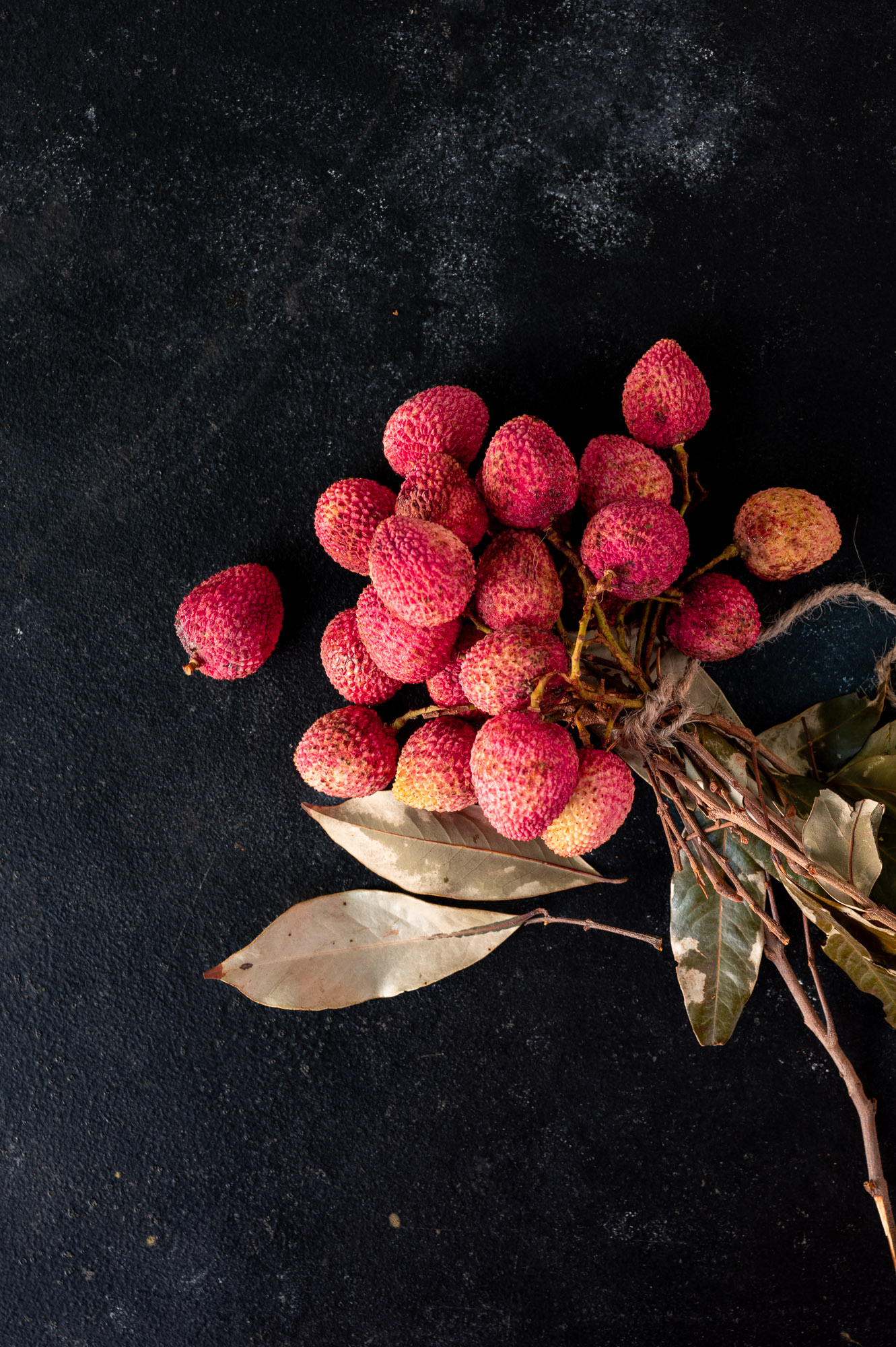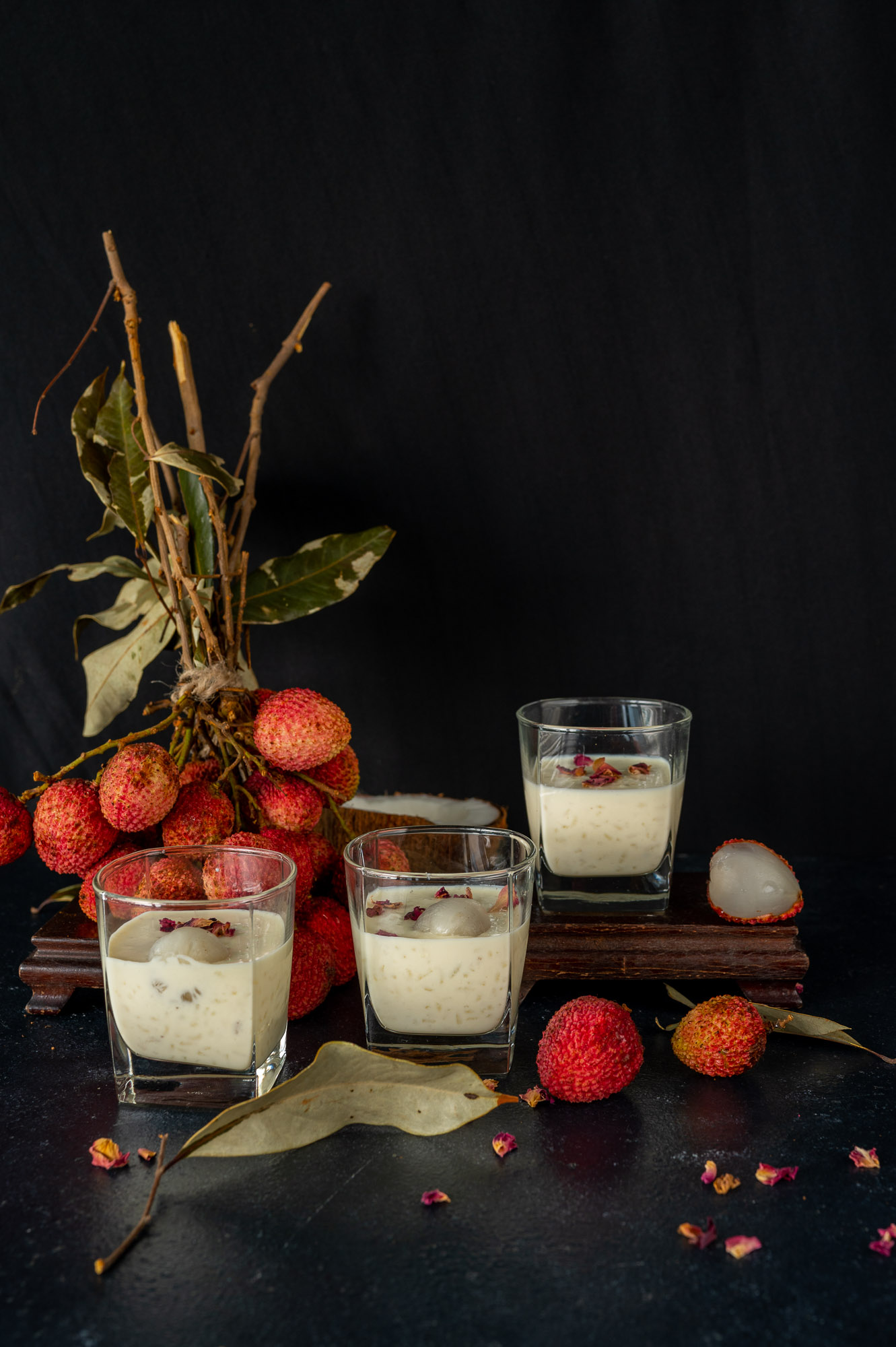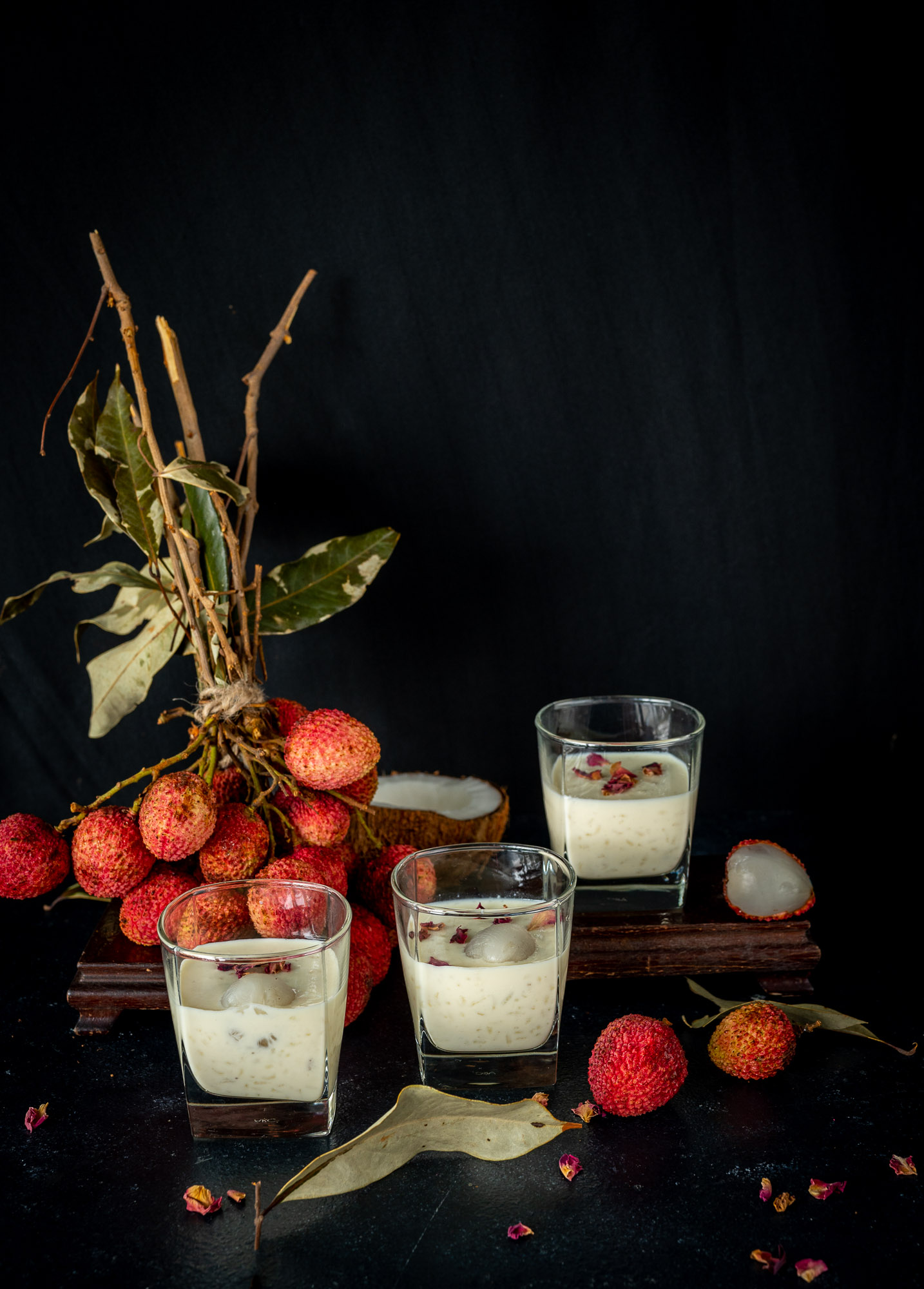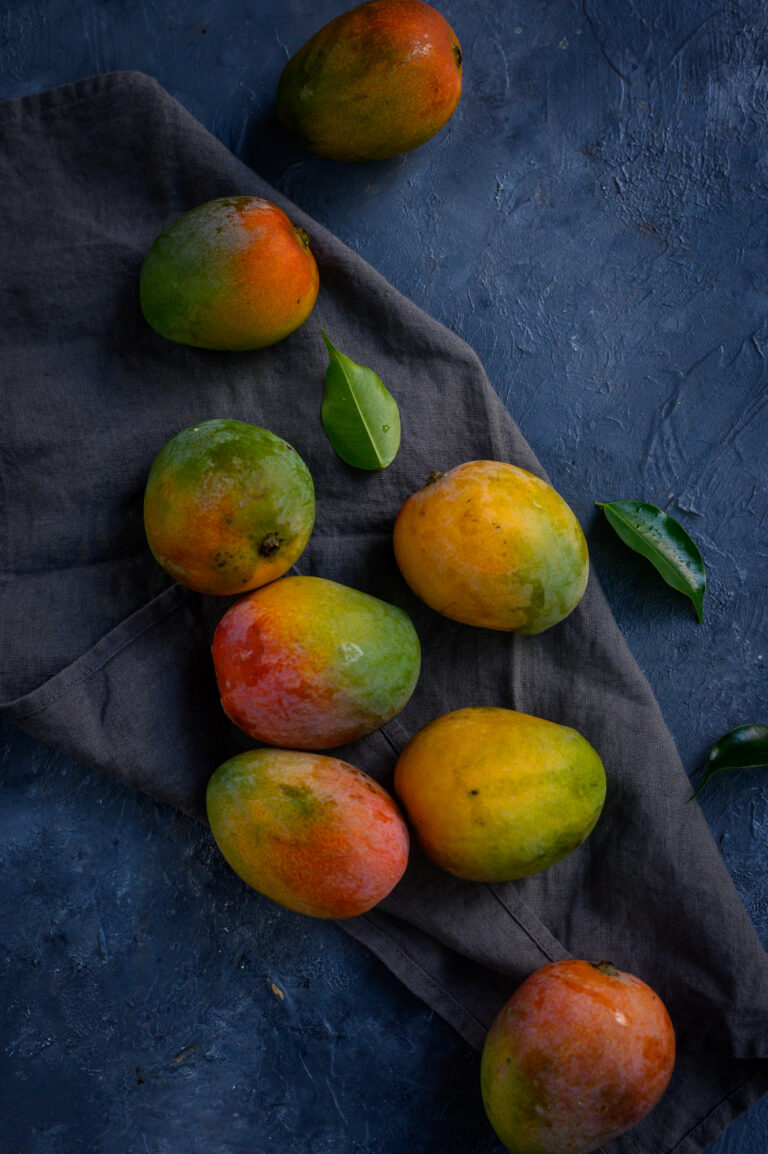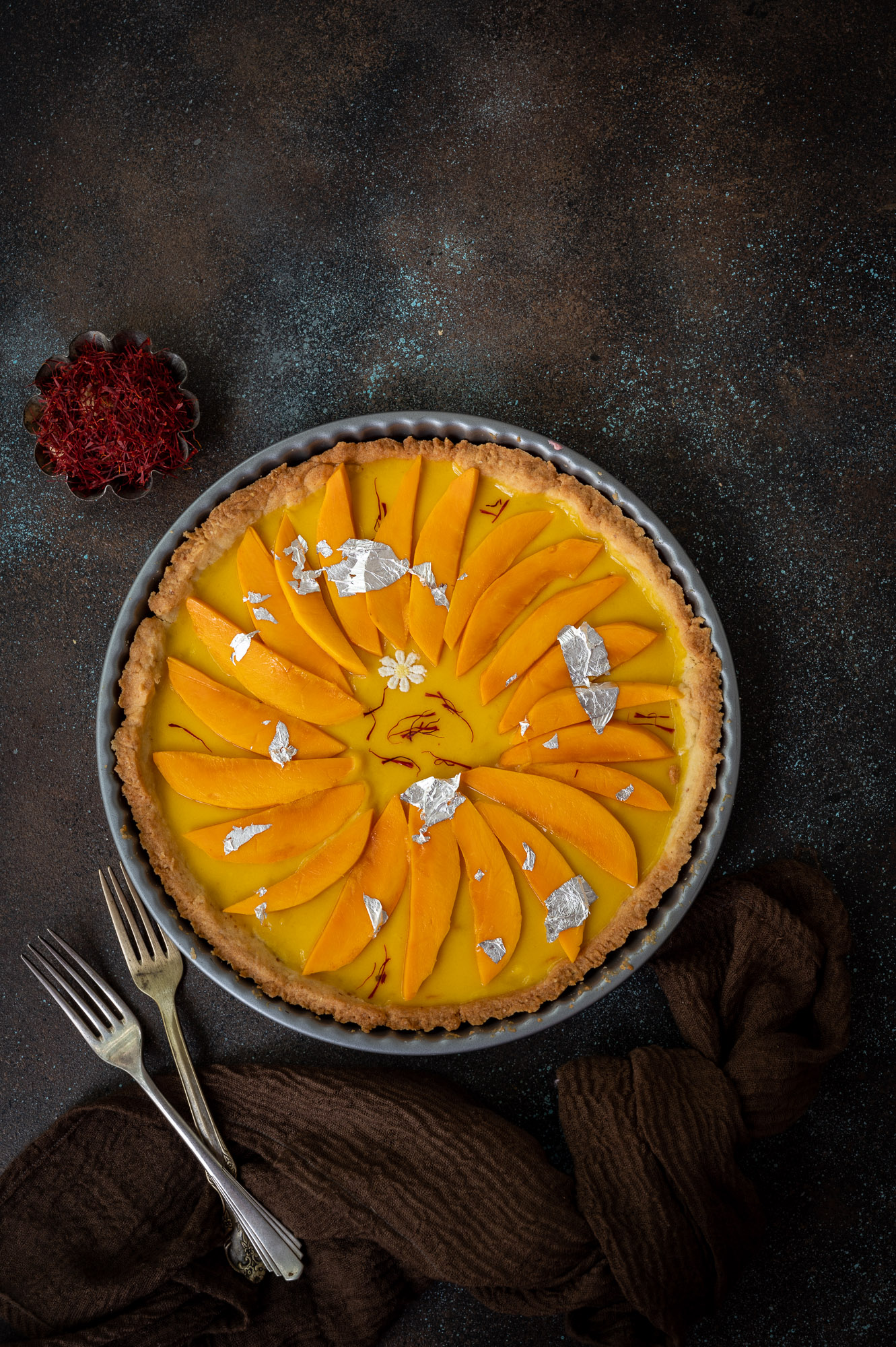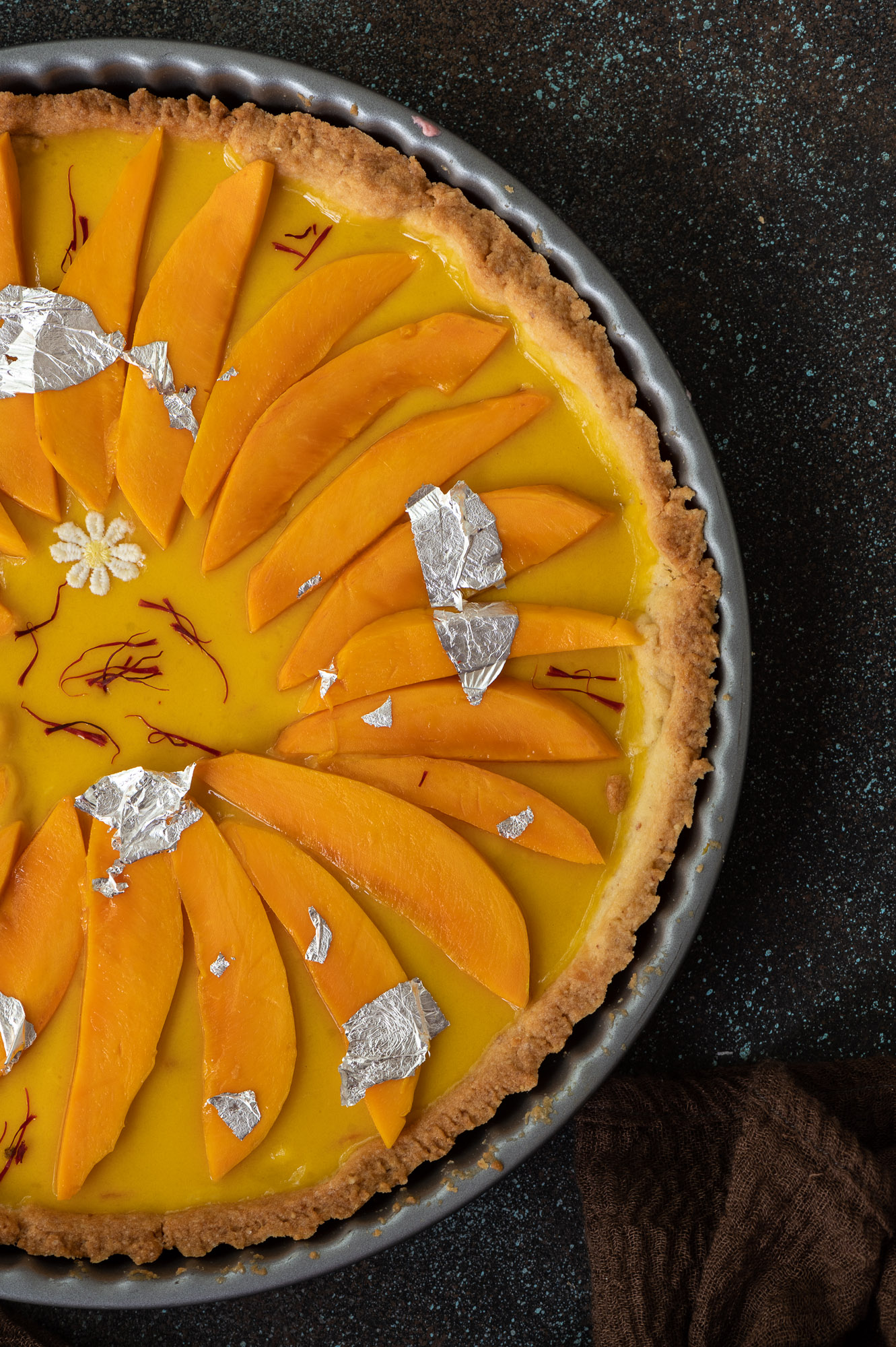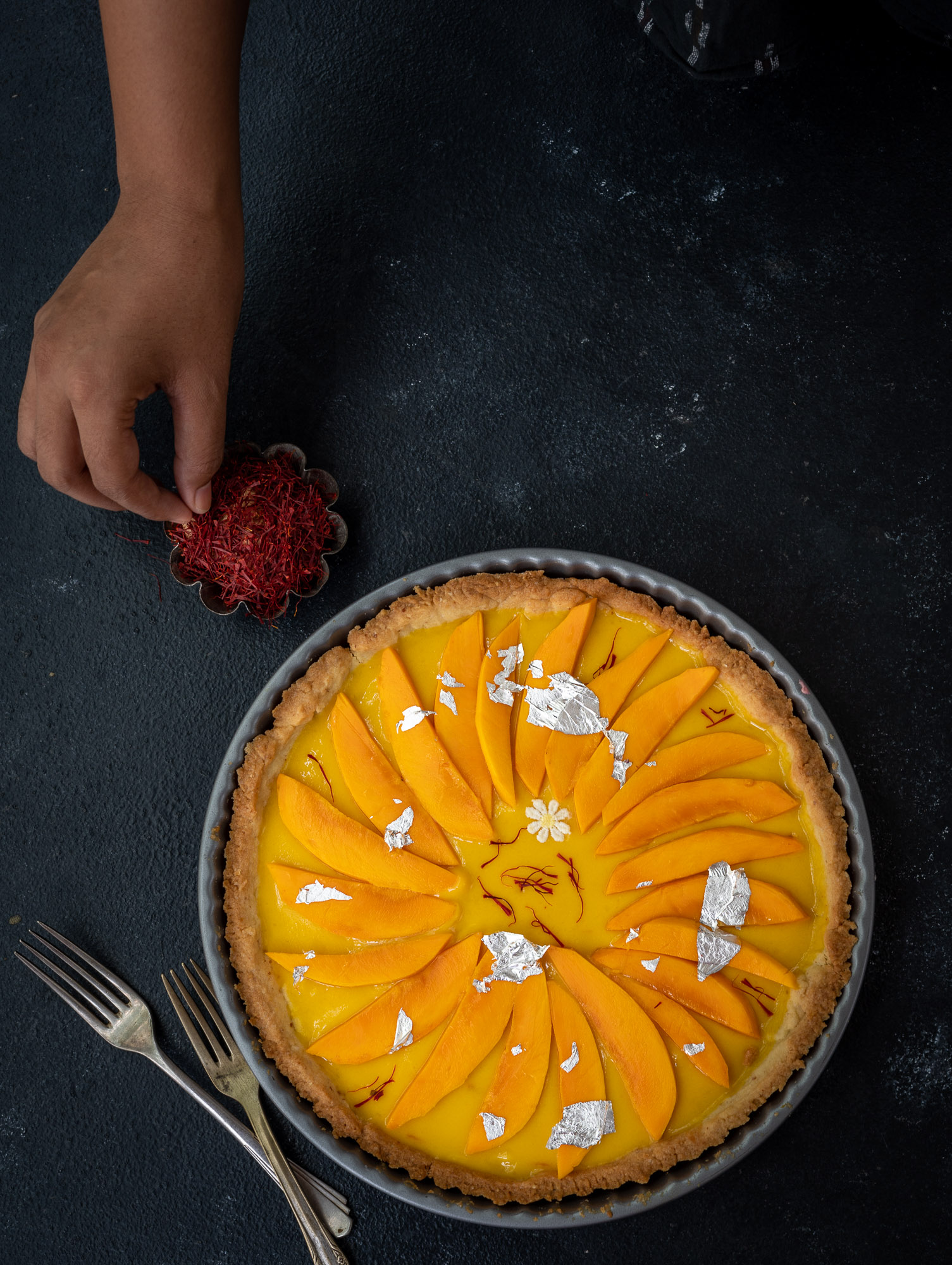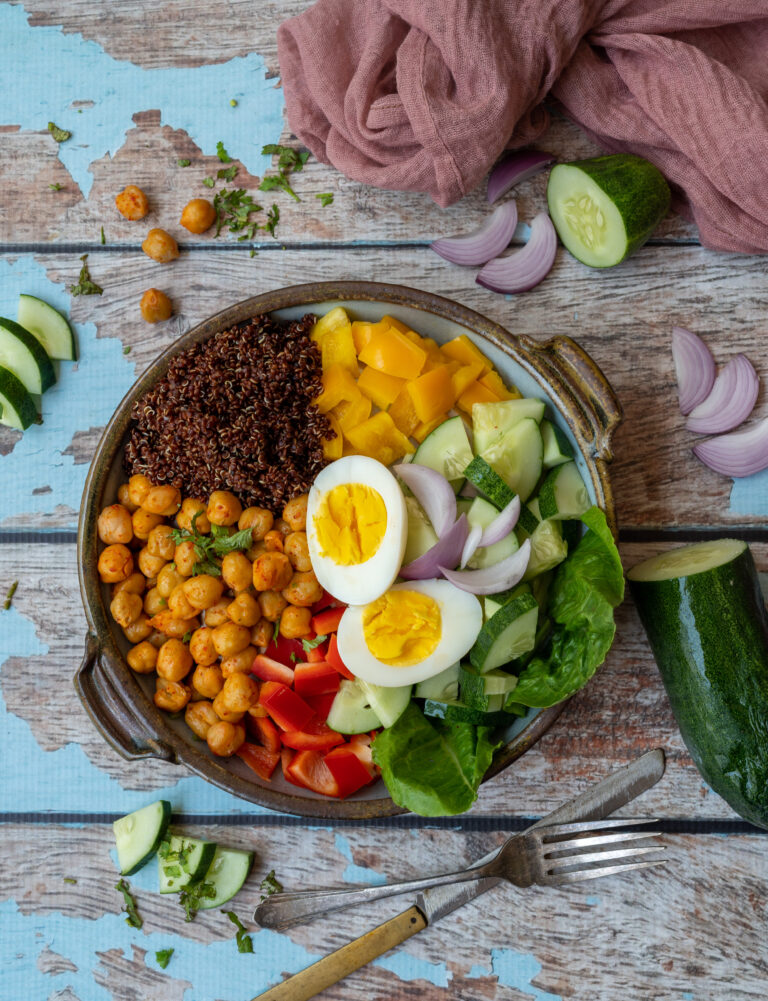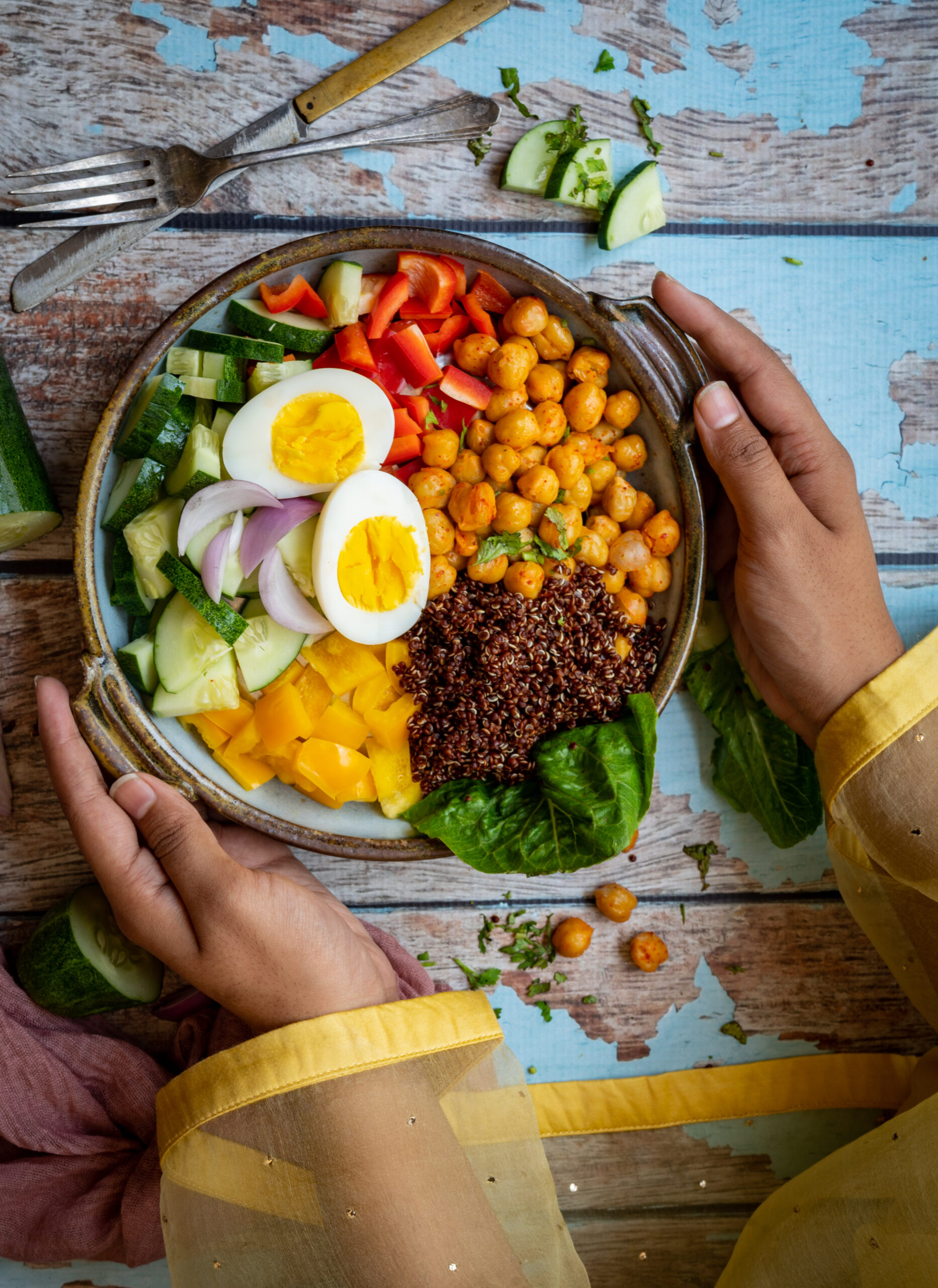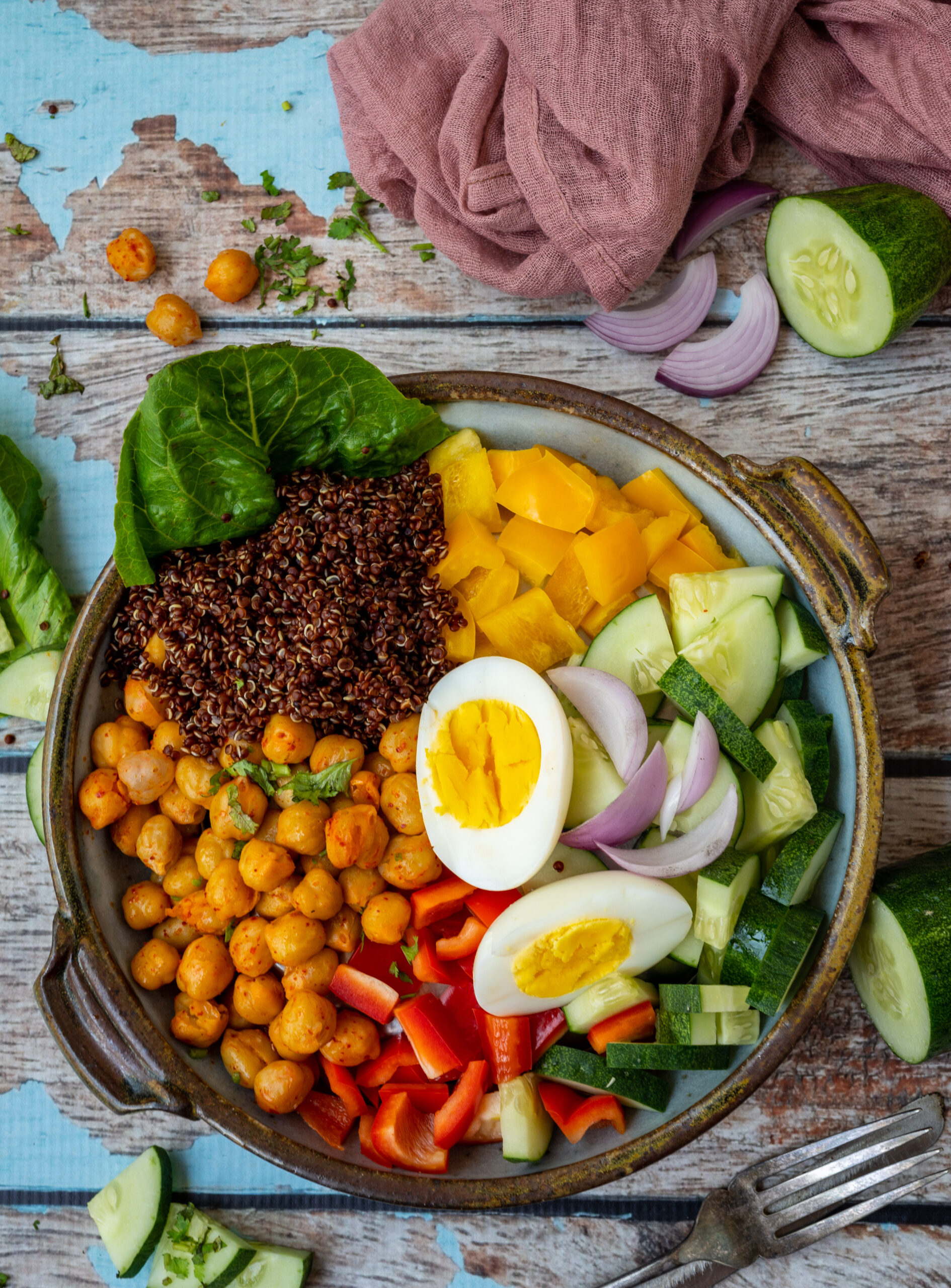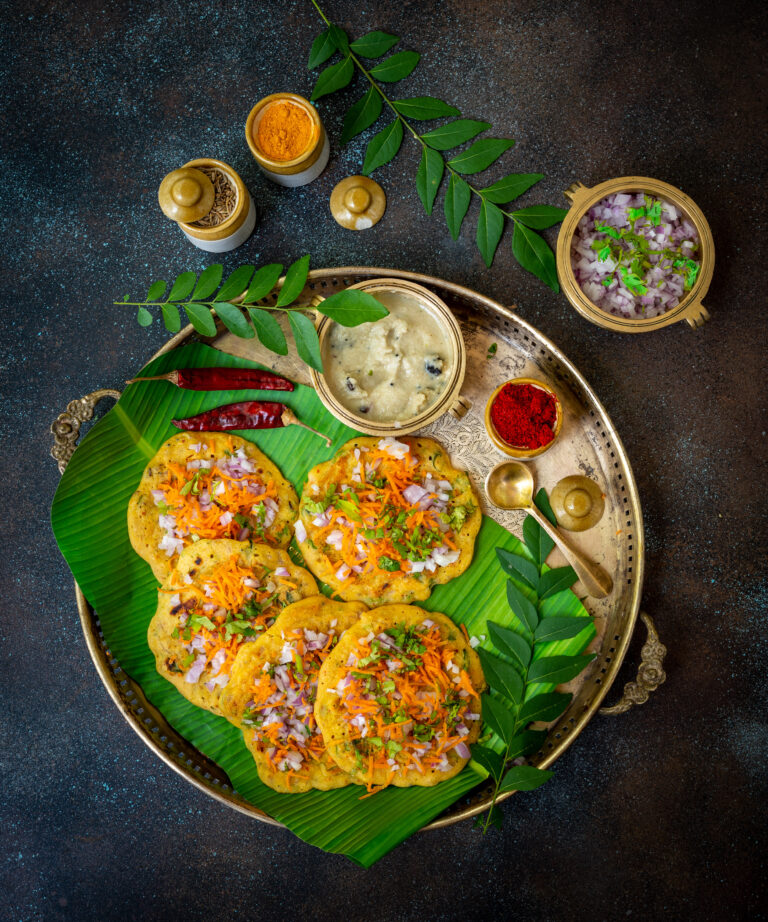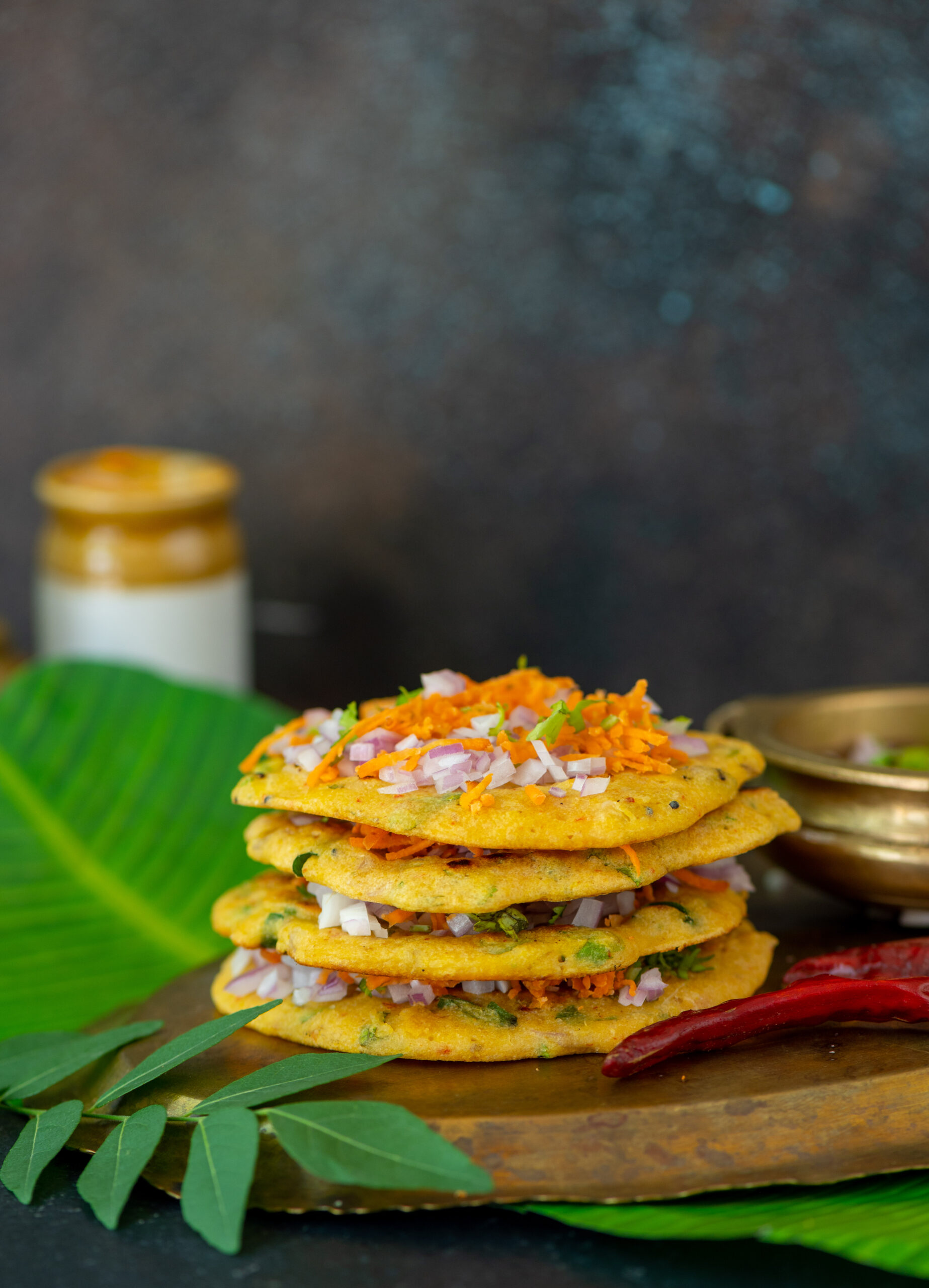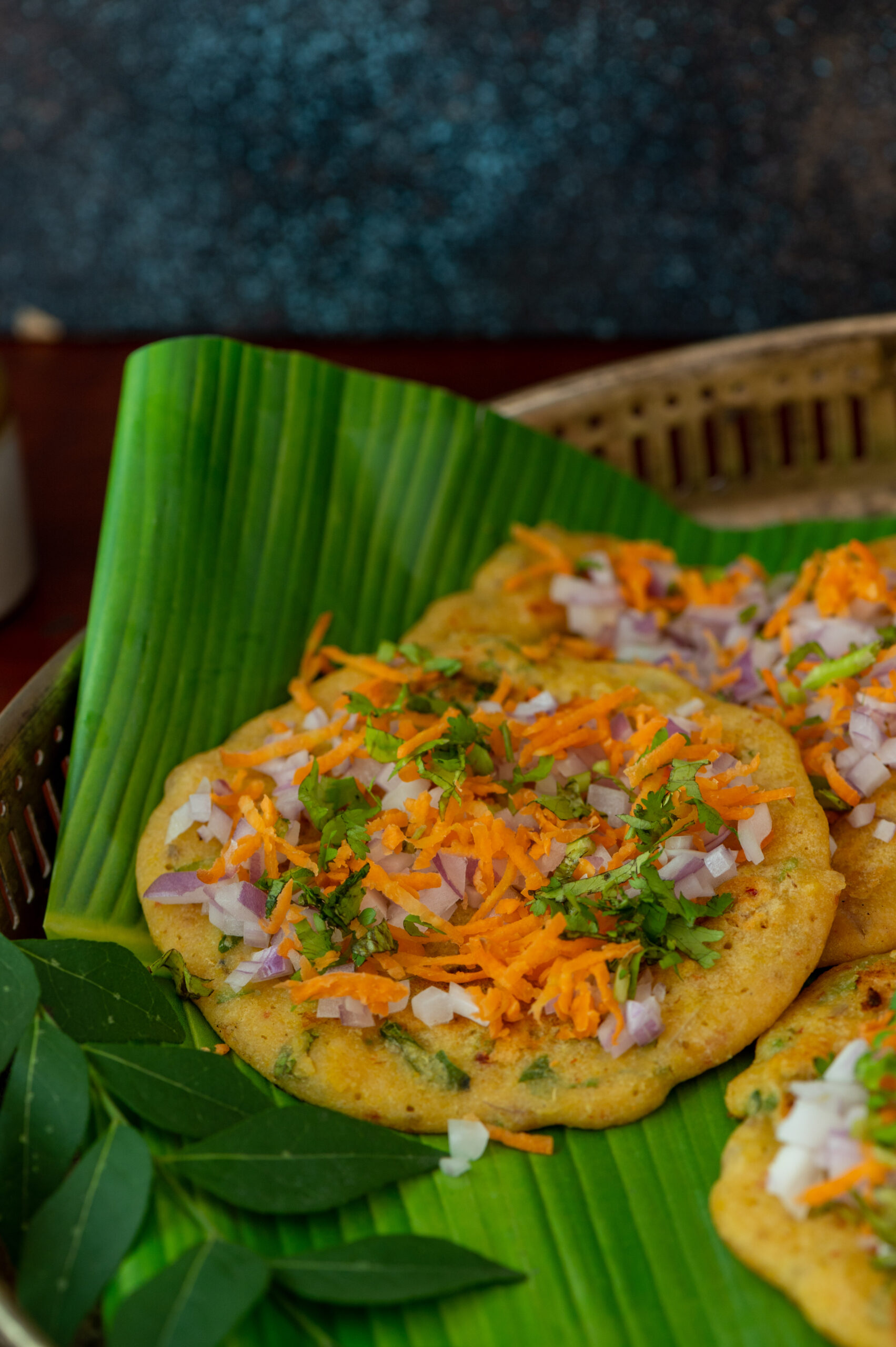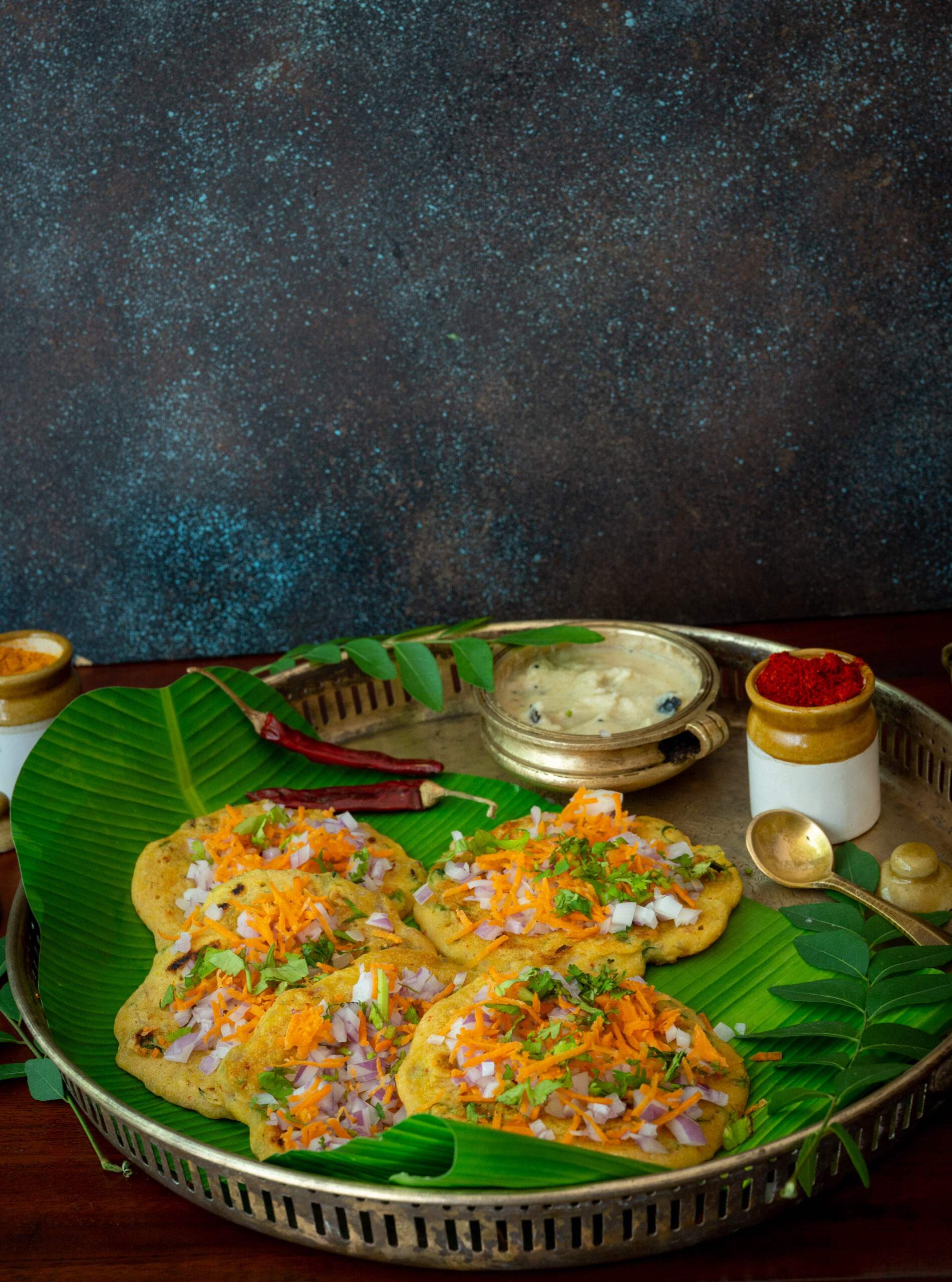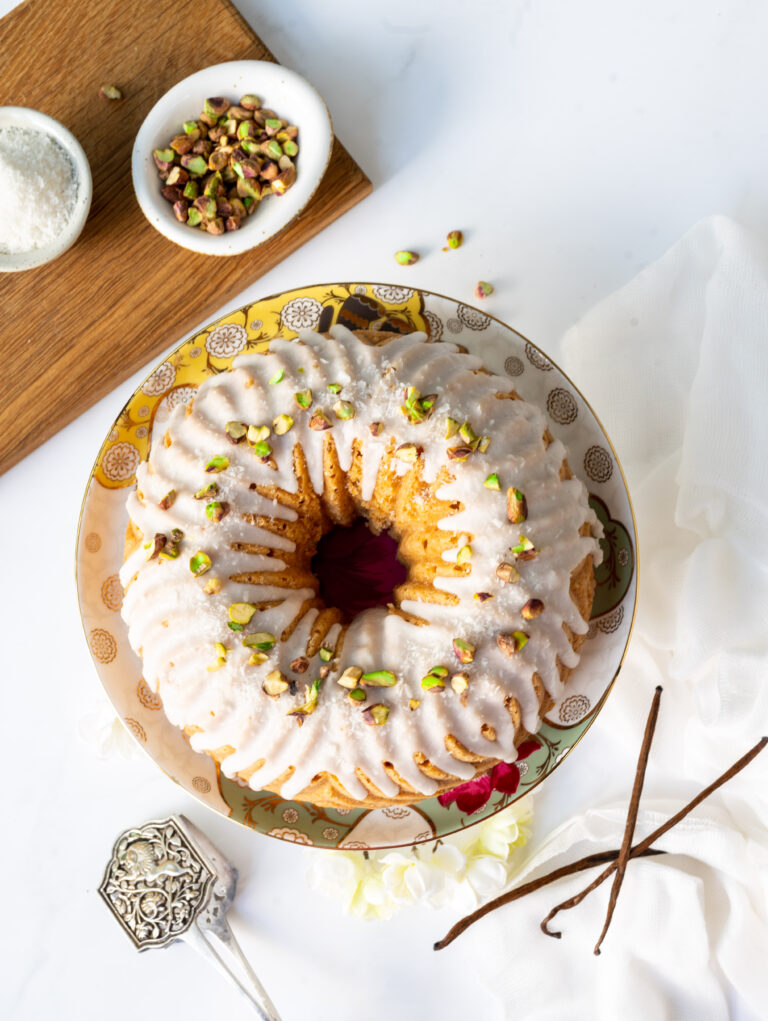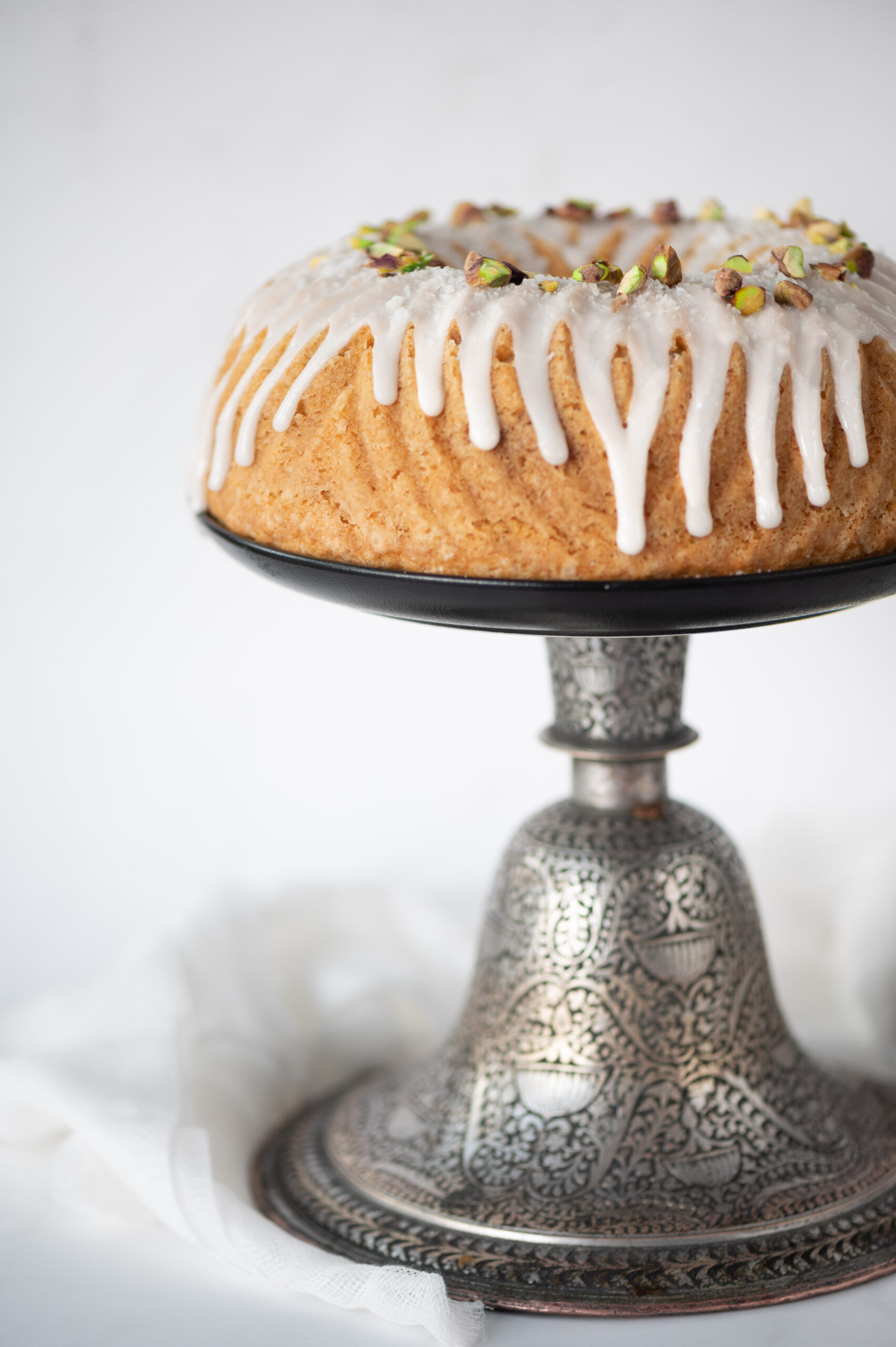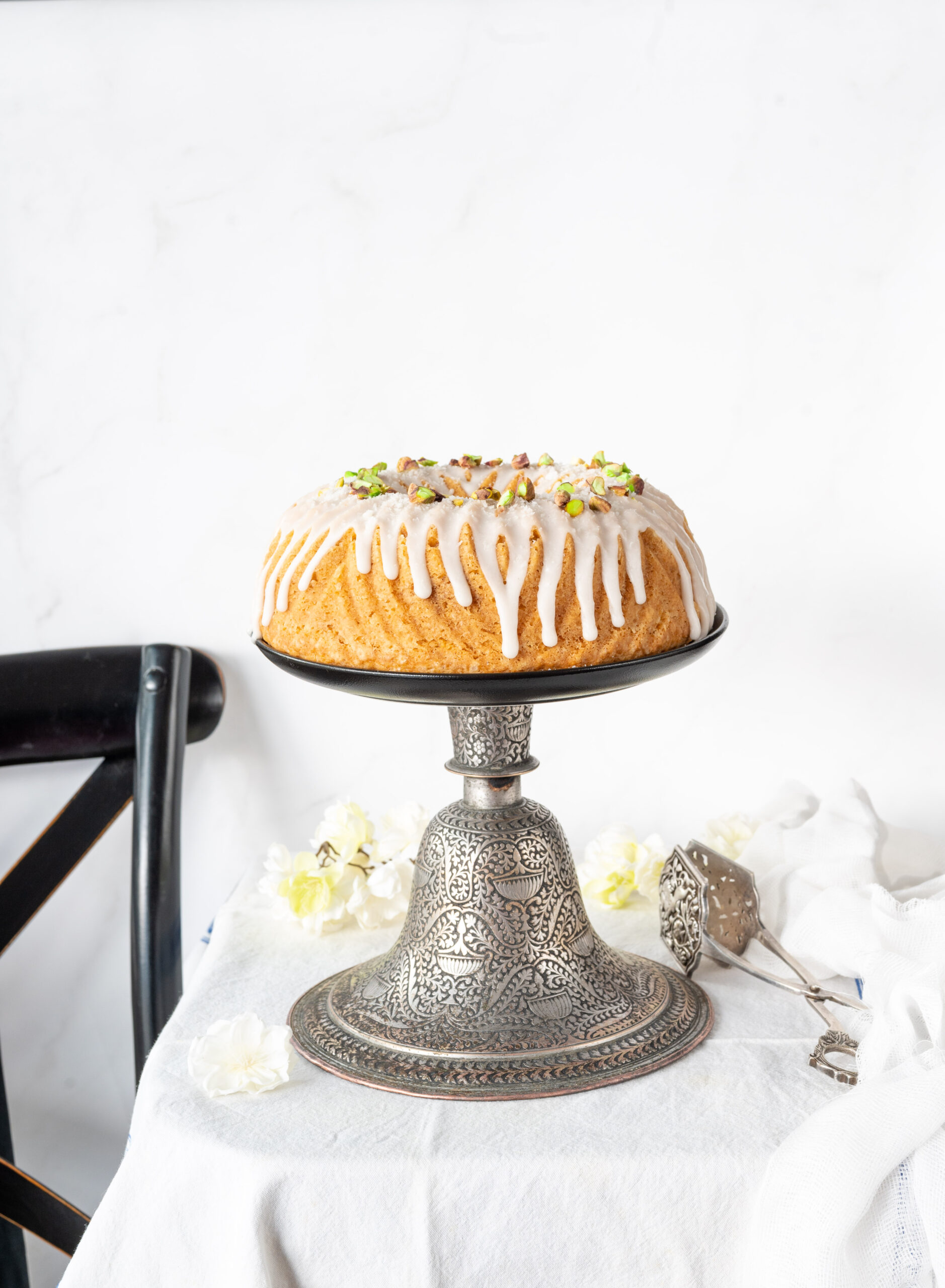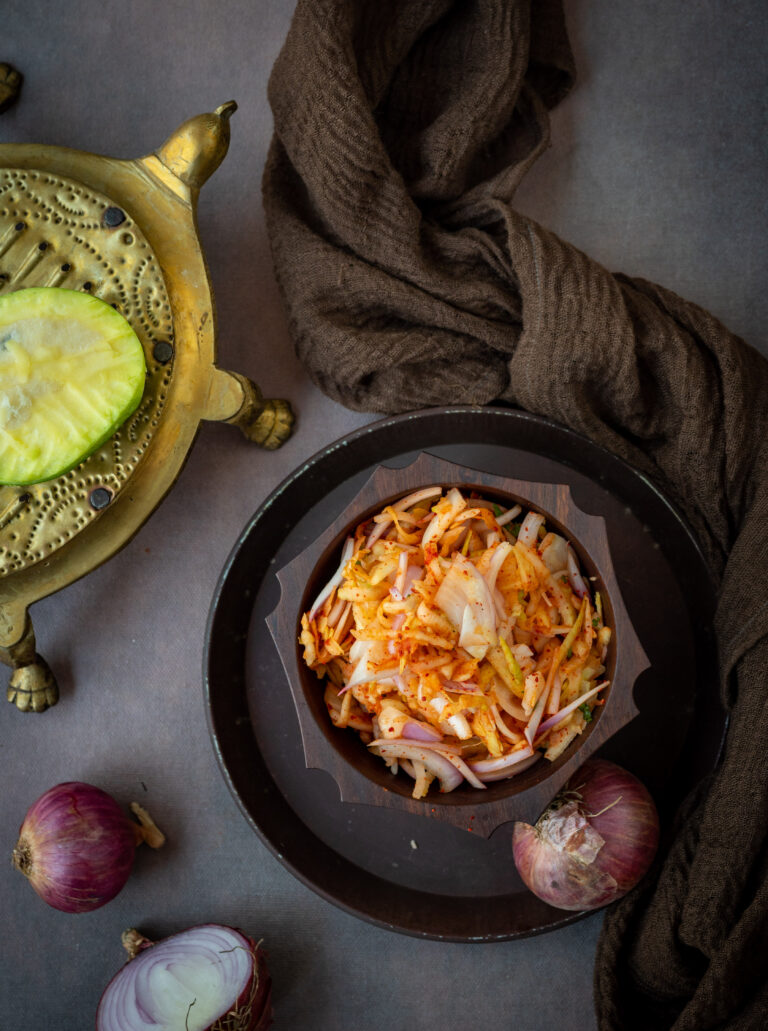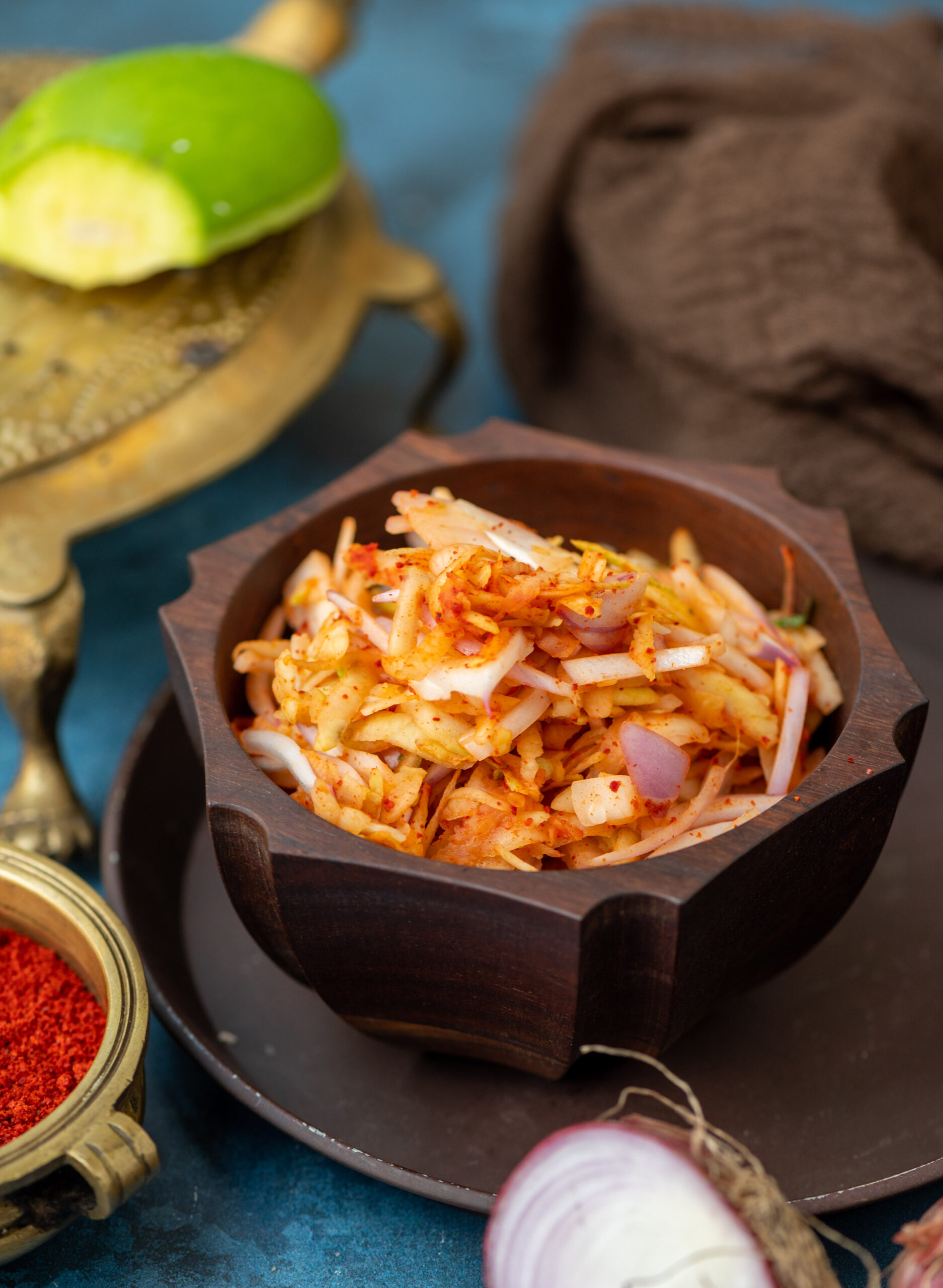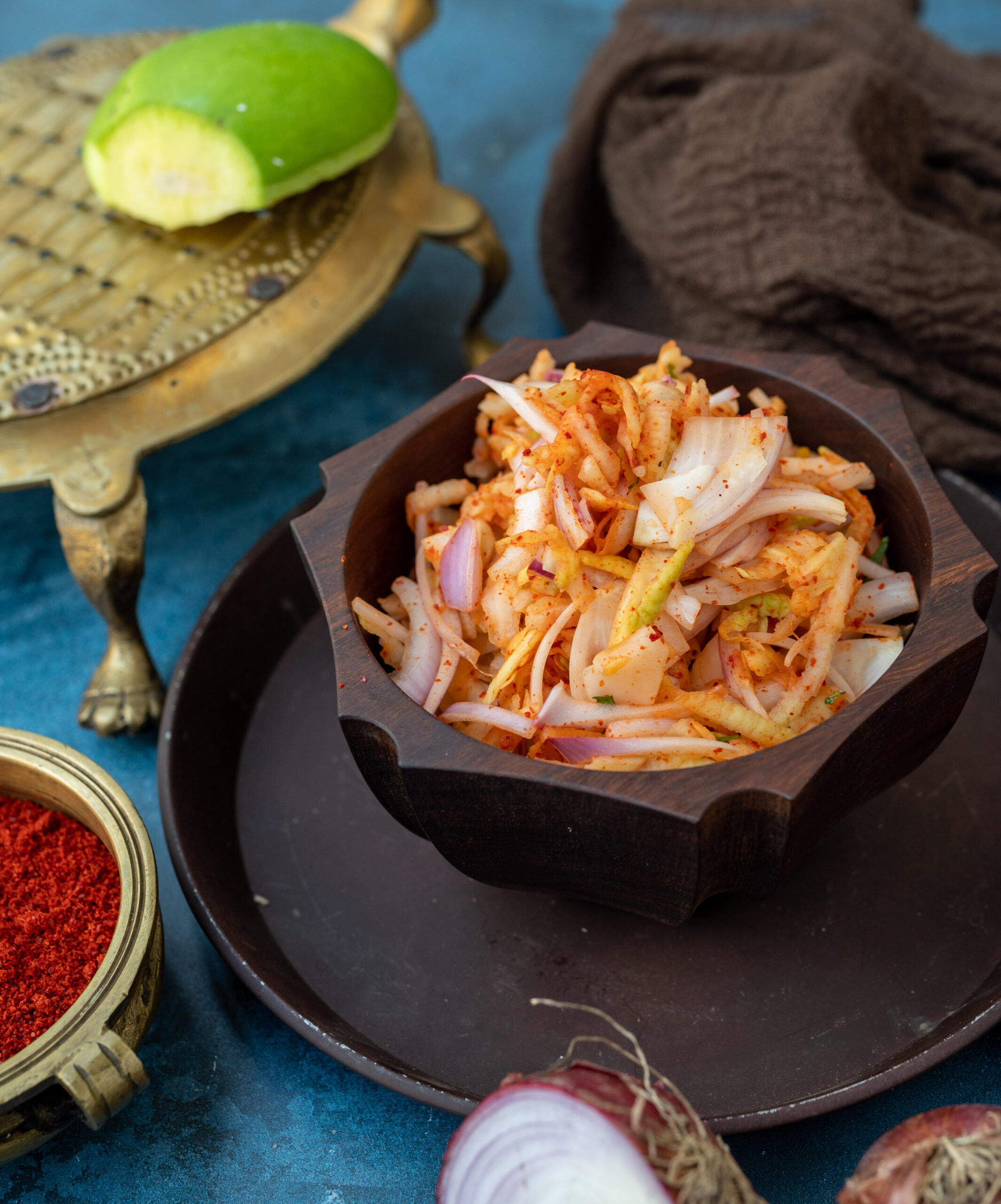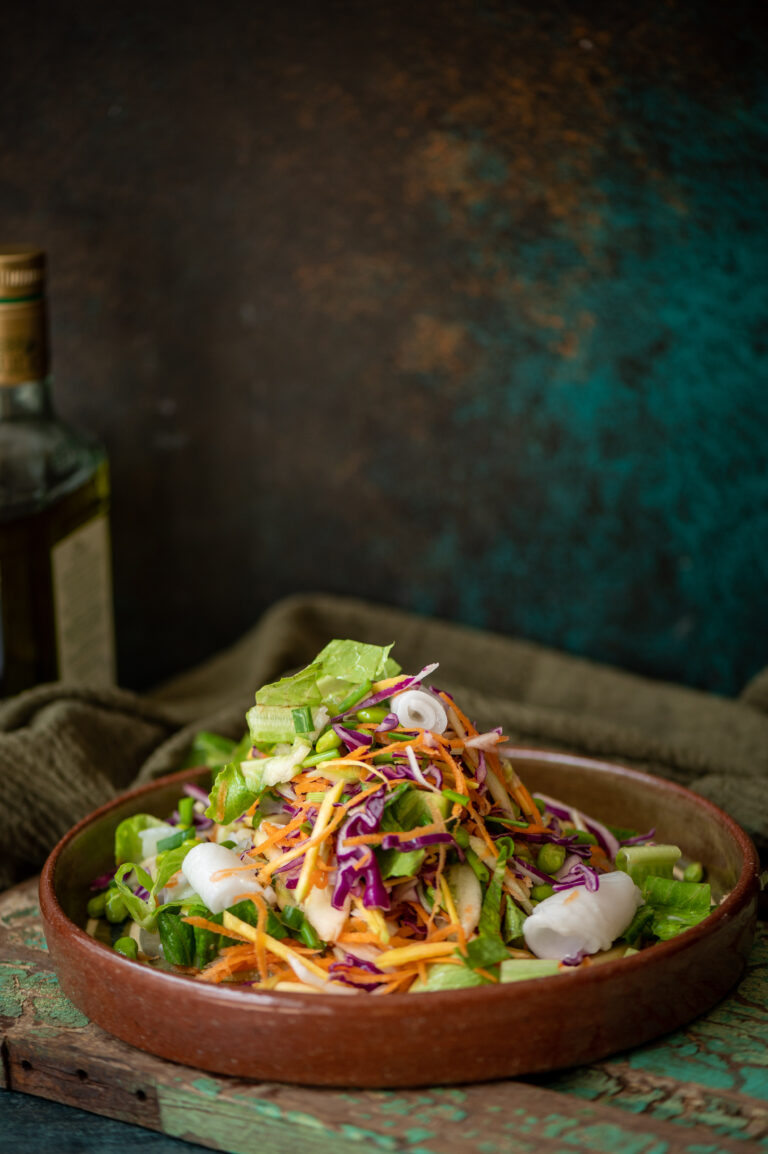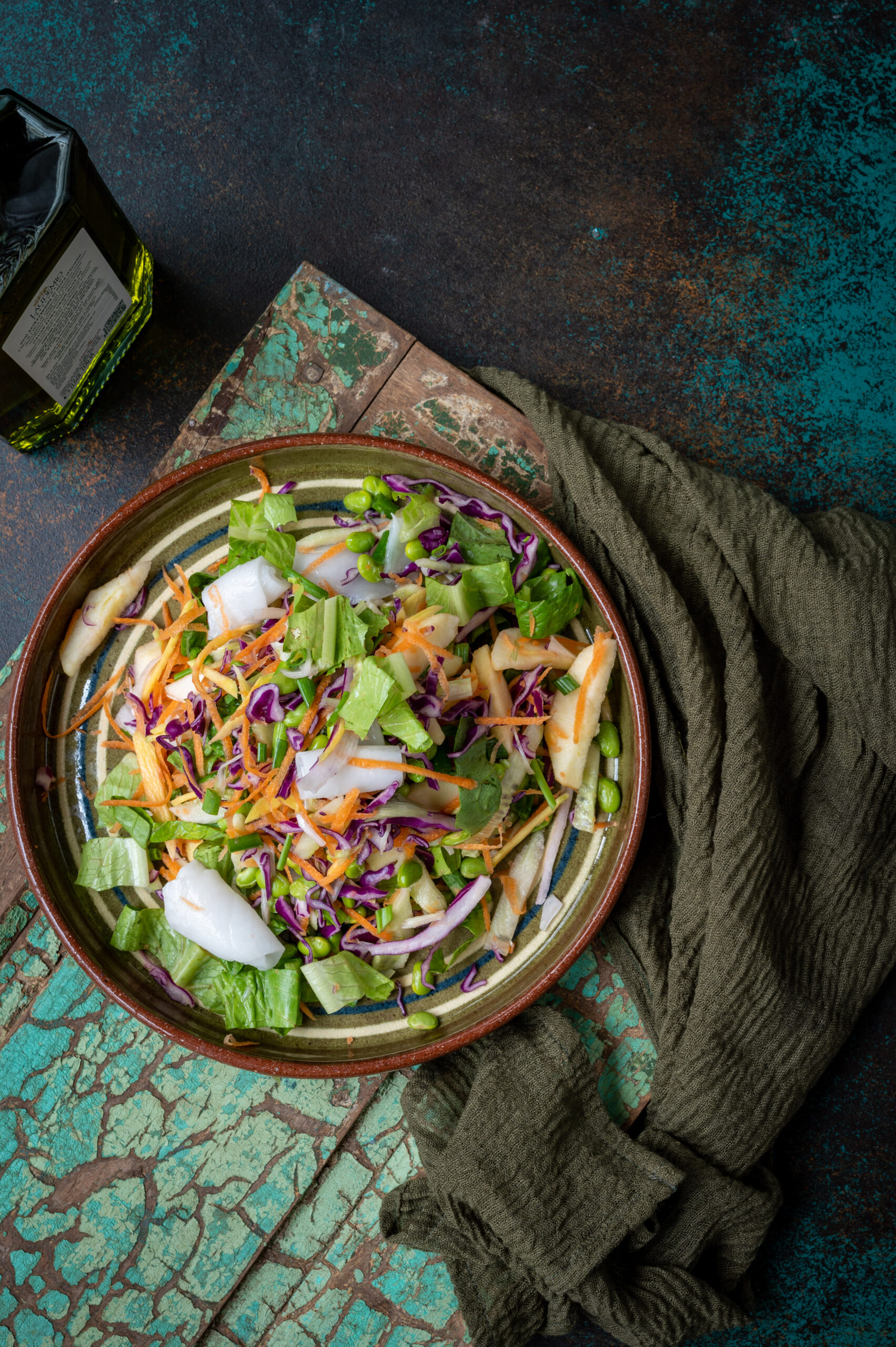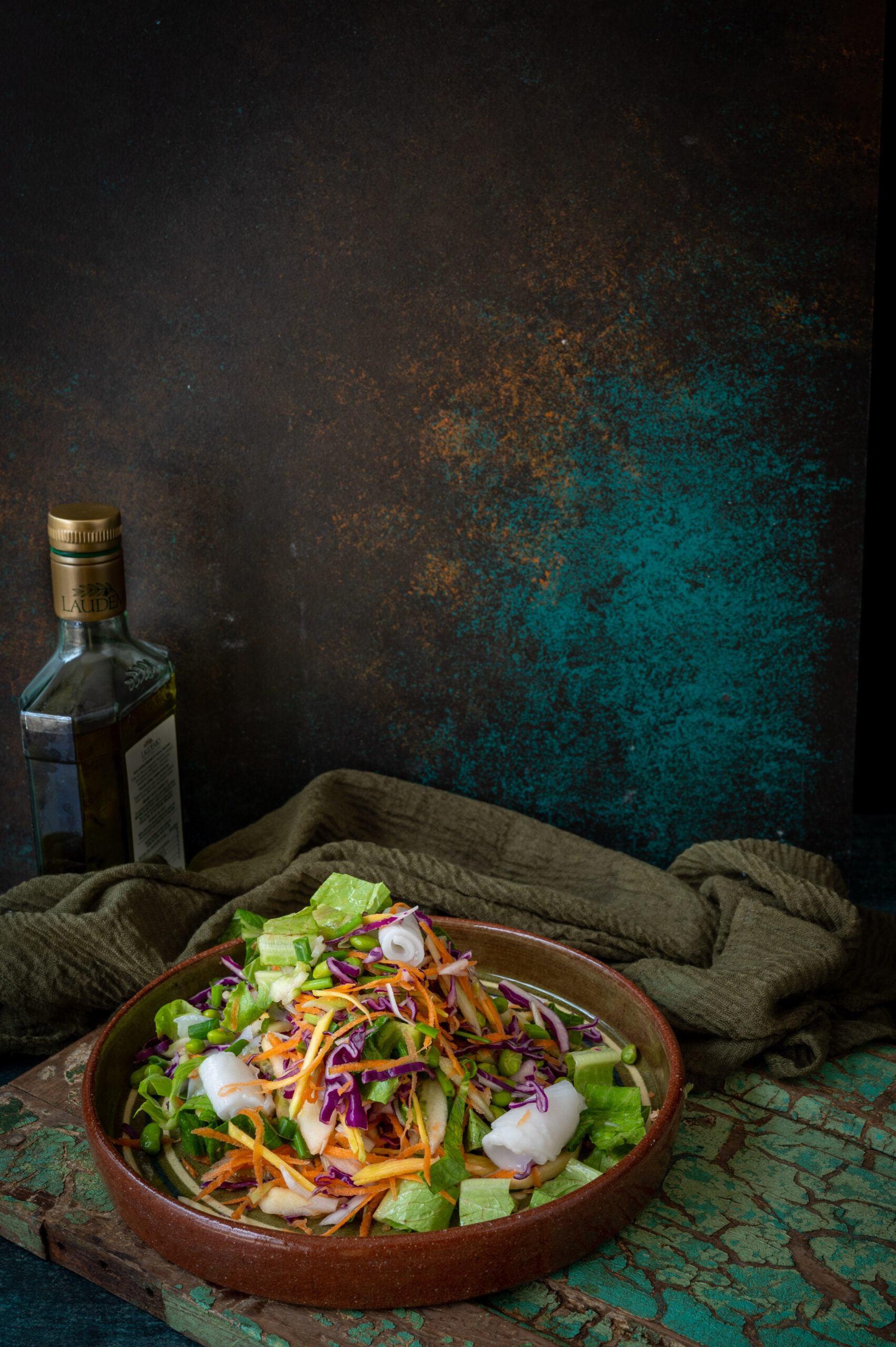I recently travelled to see my son, and spending time with him reminded me of a conversation that we had a few years ago. He manages his own home and kitchen – as all my kids do, now that they have all stepped out to live their own lives as adults. Around five years ago, I had brought some grains along on one such visit and kept them in this son’s home. Subsequently, he told me, “Ma, these are very old. I’m going to throw them out.” I was not happy about this. I explained to him how every seed has a life of its own. Even a thousand years later, you could plant it and it would grow, and you could cook the pulses or dals. Seeds and grains have a power that is ingrained – pardon the pun – in every aspect of our life. From metaphors of sustenance and growth, as I have spoken of earlier to giving us our staple nutrition, they offer us so much. These thoughts inspired me to share another dal-based dish with you. This is a moong dal chilla, rich with the nutrients of green mung.
I’ve shared a recipe for chilla on this blog before, which you may have tried out. A chilla is a kind of Indian crepe, known by different names. I first encountered green mung chilla in Andhra Pradesh, when I was visiting cousins in Vijayawada as a child. There, it was known as pesarattu, and was eaten with upma or onions within its fold. When I think about it, the fact that this dal is a native of South India means that it has many different uses across the cuisines of this region. I take pride in the many wonderful ingredients, including rice and turmeric, that have been cultivated here through history.
Now of course, green mung sits on the world map as a superfood. Not only is it high in protein and iron, but it also has numerous healing properties and other benefits. When you’re recovering from a sickness, boiled mung water consumed in sips can help. It’s easy to digest. It doesn’t create a heaviness in the stomach, which makes it great for light meals.
More often than not, there’s sprouted mung as well as raw mung dal in my home. I sometimes sauté the sprouts for breakfast. At other times, I just grind the raw, soaked dal and have chilla for dinner – especially on evenings when I just want something light. Which brings us back to this recipe. You can make a chilla out of anything. Chickpea flour is an easy base and a quick fix. Green mung chilla takes longer as you have to soak it and grind it. I feel it is worth the extra time as due to the many health benefits described above. It also tastes great, as I think you’ll find out when you try it out yourself.
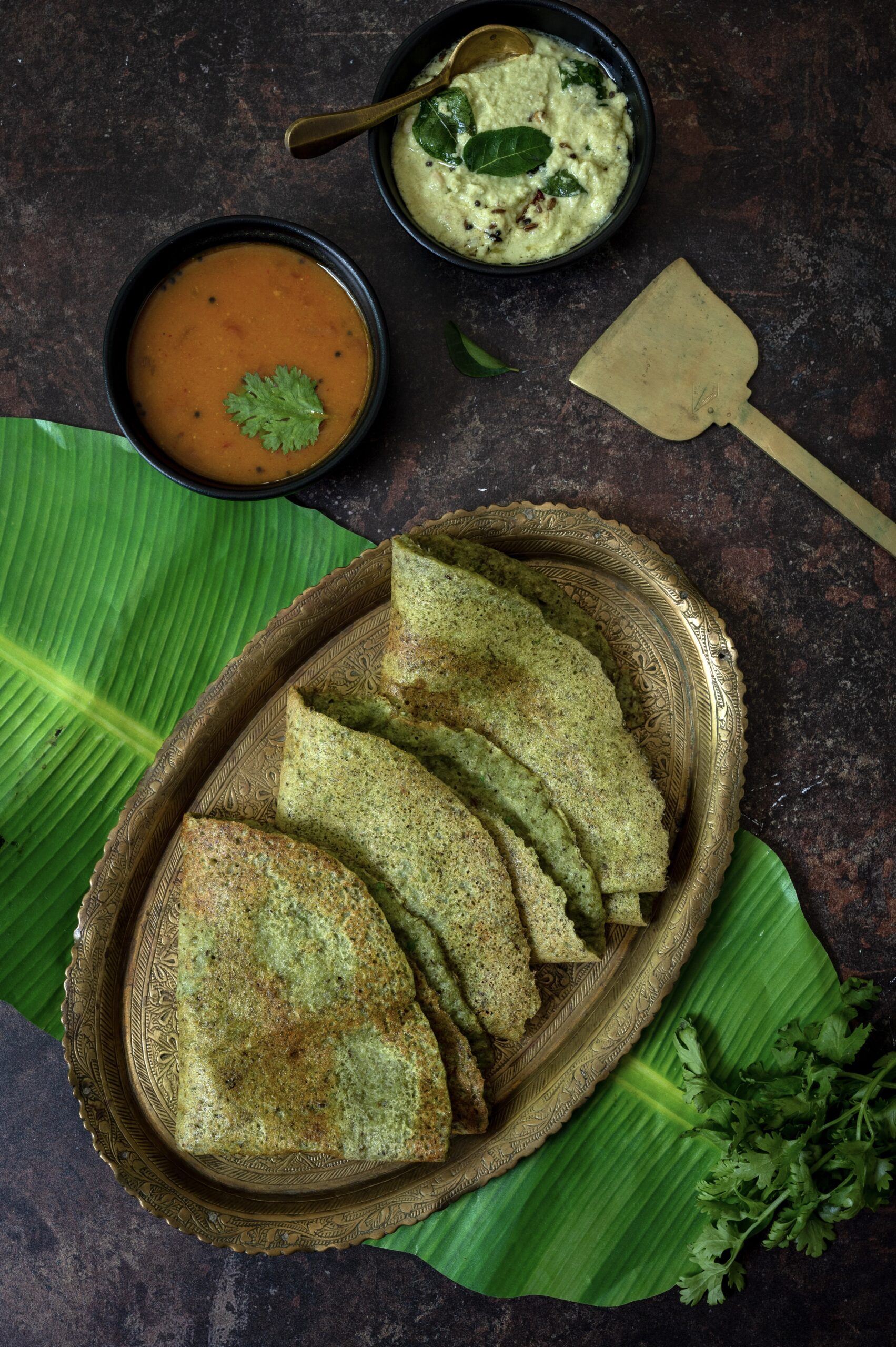
Green Mung Chilla
(Yield: 6-8 pieces)
1 cup raw green mung
Water for soaking
Salt to taste
1 inch piece of ginger
2 green chilies
1 teaspoon cumin seeds
Oil for frying
¾ cup water (approximately)
Soak the green mung overnight in sufficient water for 8 hours.
When ready to prepare the chillas, drain the green mung.
In a blender, add the soaked mung, ginger, green chili, cumin seeds and two tablespoons of water. Grind coarsely.
Remove the batter into a bowl. Add salt and add enough water so that it still remains a thick batter. Let this batter sit at room temperature for an hour.
Then, heat a griddle, and splash a few drops of water to test that it’s hot enough. If it sizzles, the griddle is ready.
Mix the batter gently and drop a ladle-full onto the centre of the griddle. Using the back of the ladle, spread the mixture in a circular motion such that it spreads evenly. This is just like how you would make a dosa or a crepe.
Drop some oil to help the chilla fry up. Cook well on a medium flame until slightly golden. Flip it and allow it to cool for a few seconds. Then flip back, fold into halves and take it off the griddle.
Enjoy your green mung chilla hot, and serve it along with chutney or sambar. You may also want to add some toppings or vegetables, to round the meal out more and increase the nutrient and taste quotients. While it requires some prep, the green mung chilla is a simple and satisfying dish. I hope you’ll try it out!
